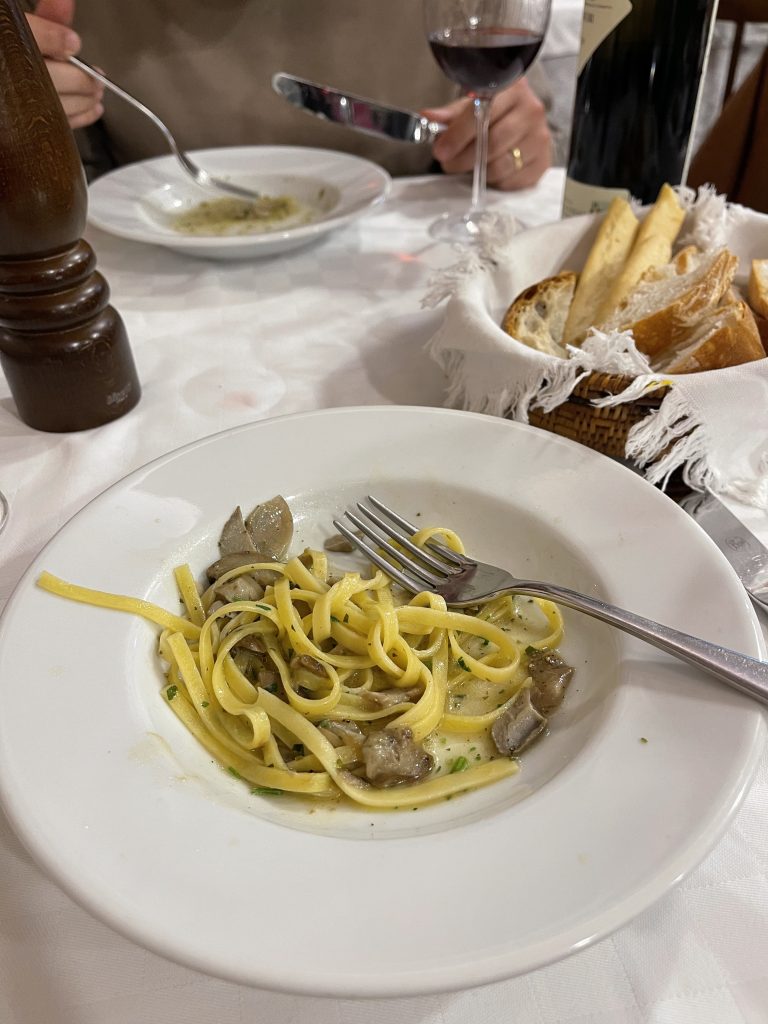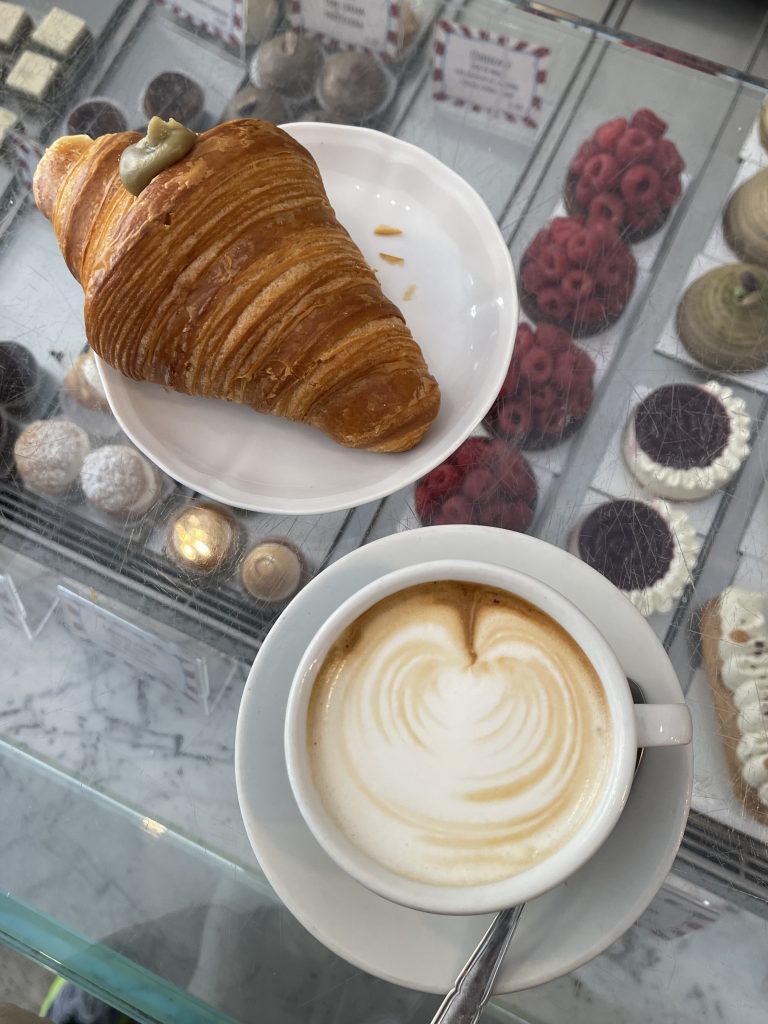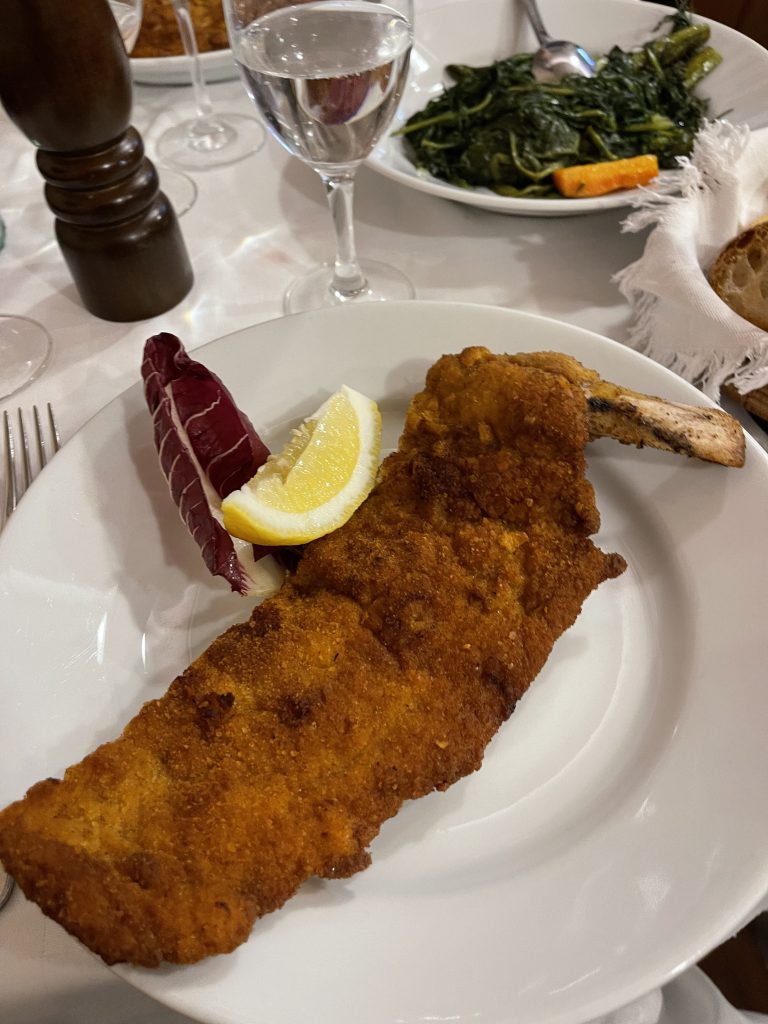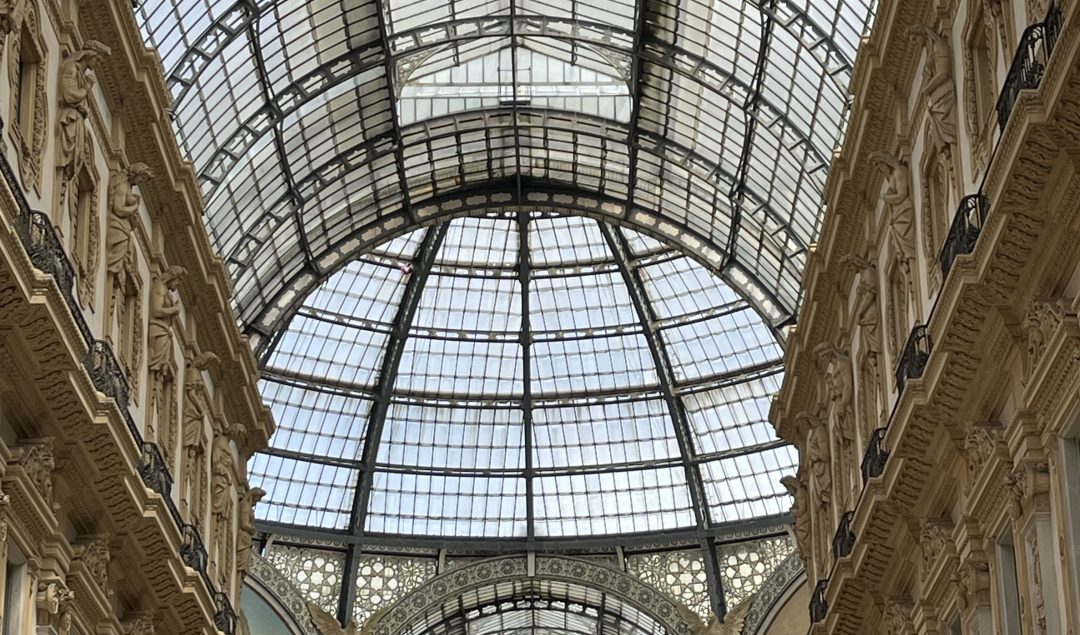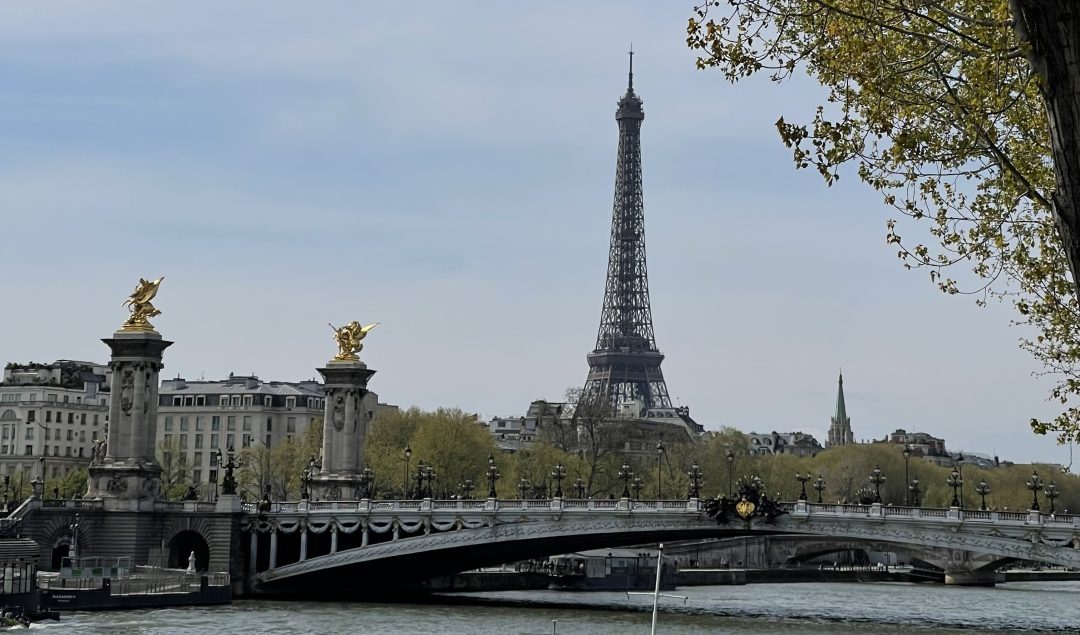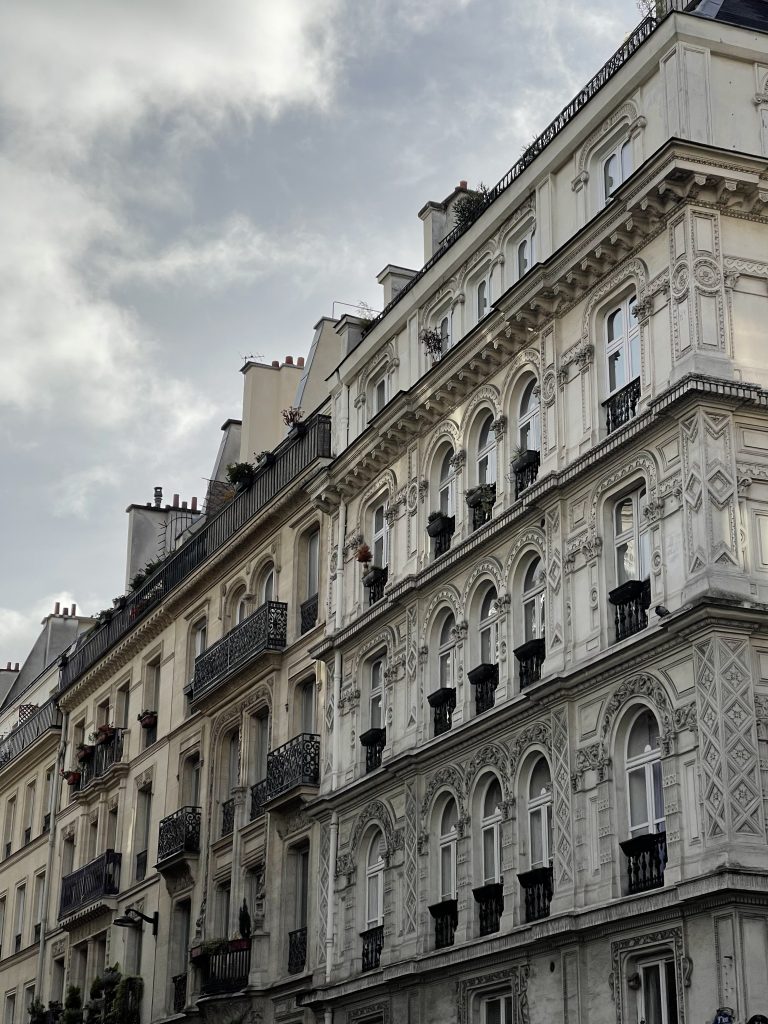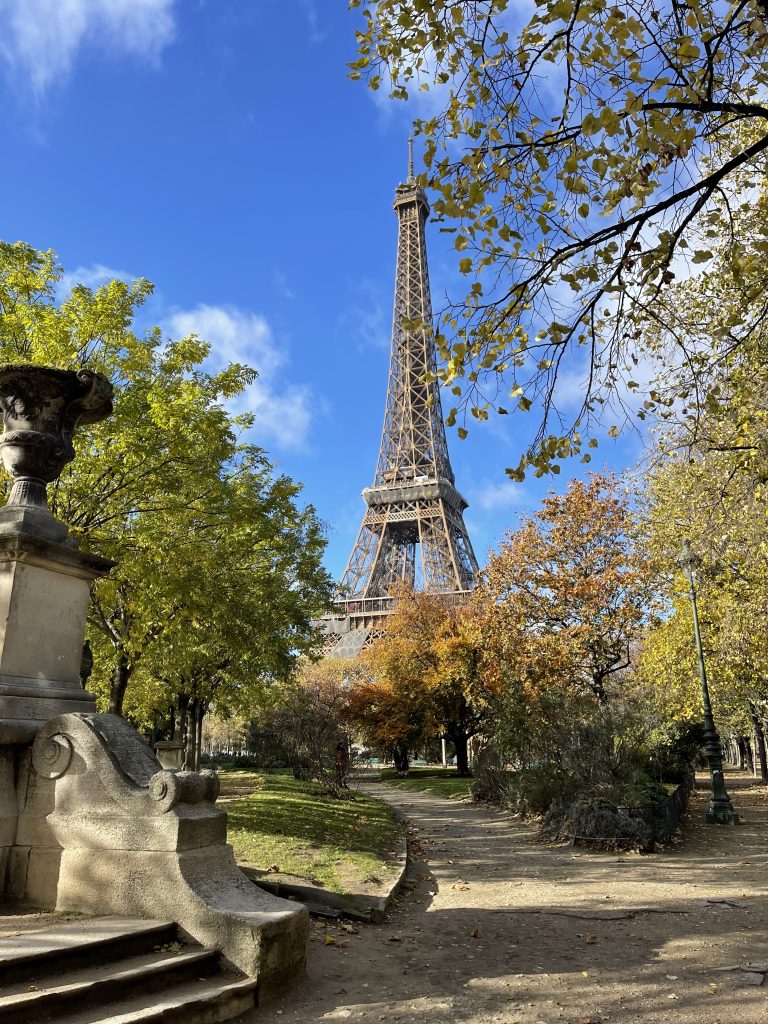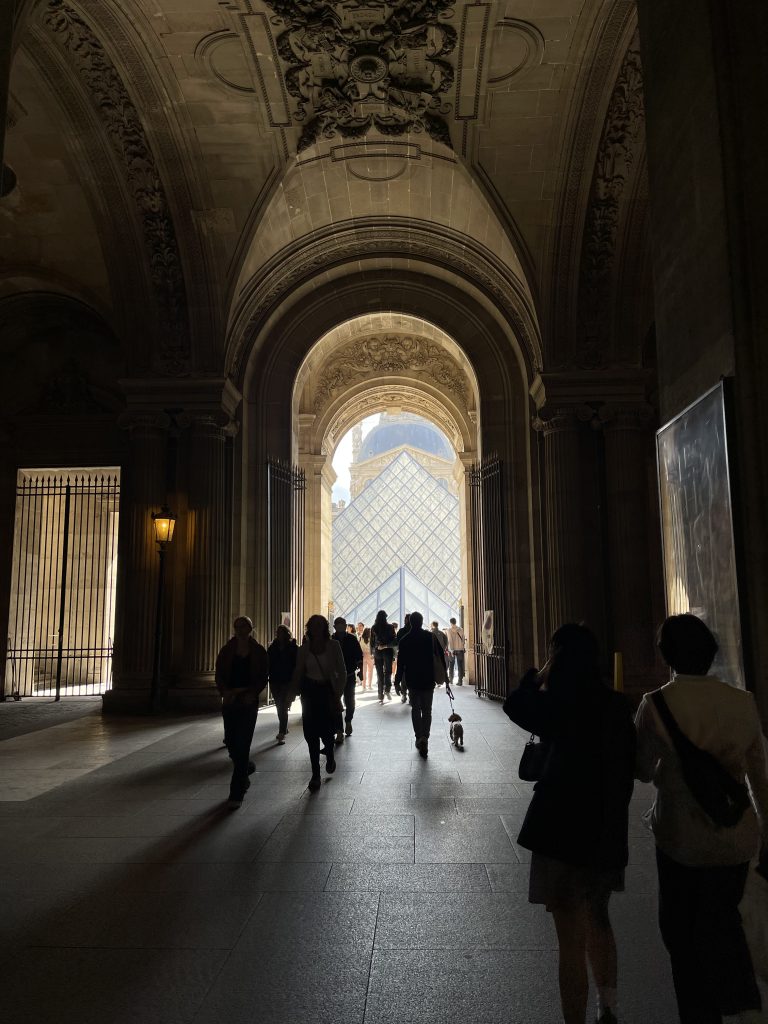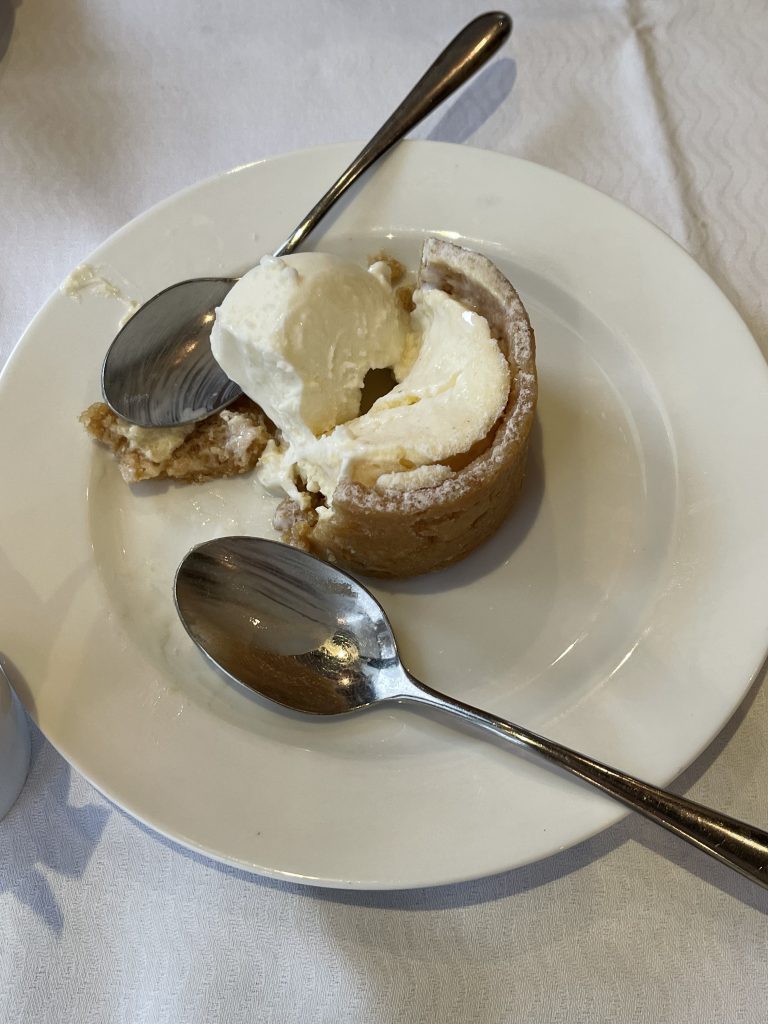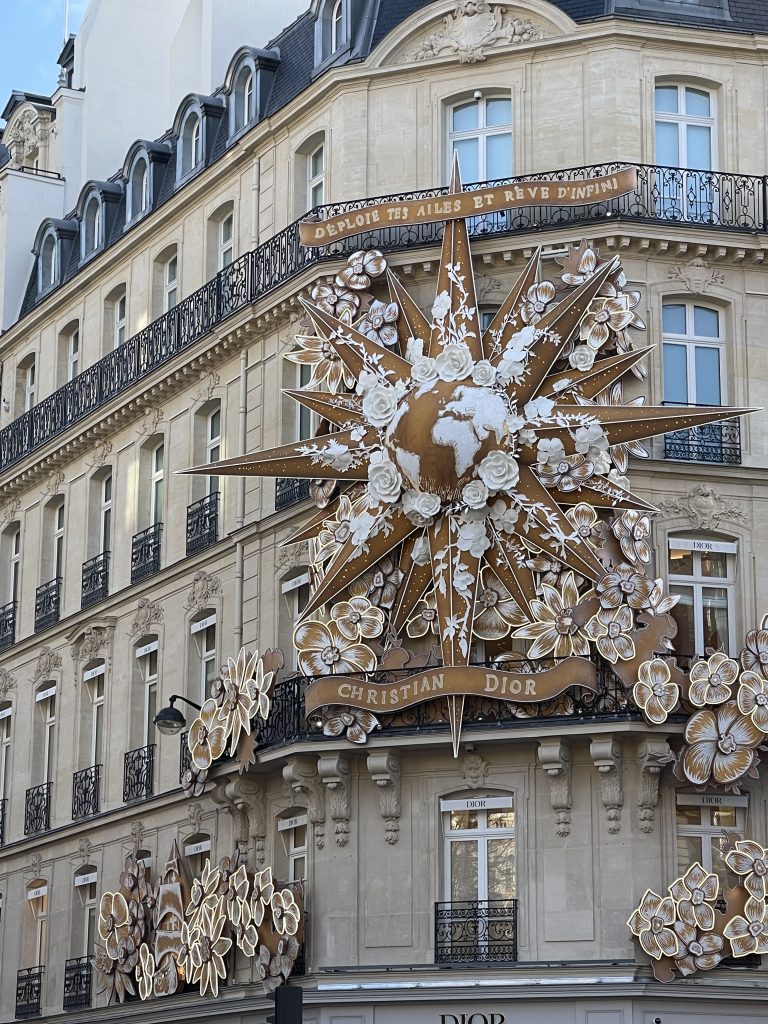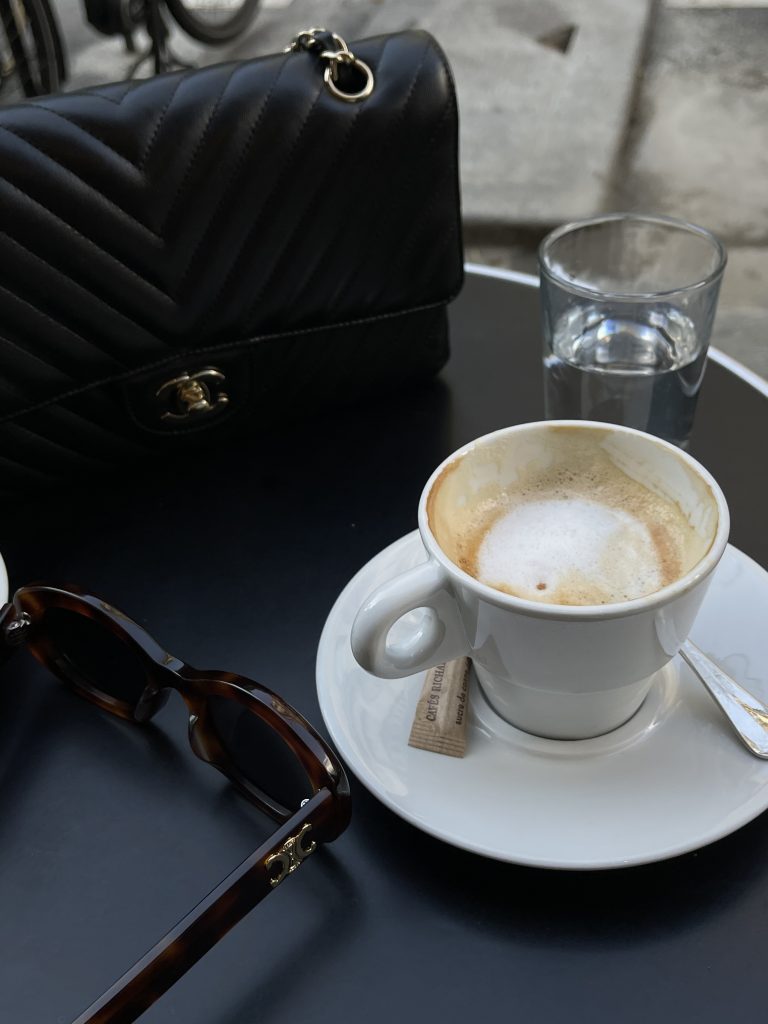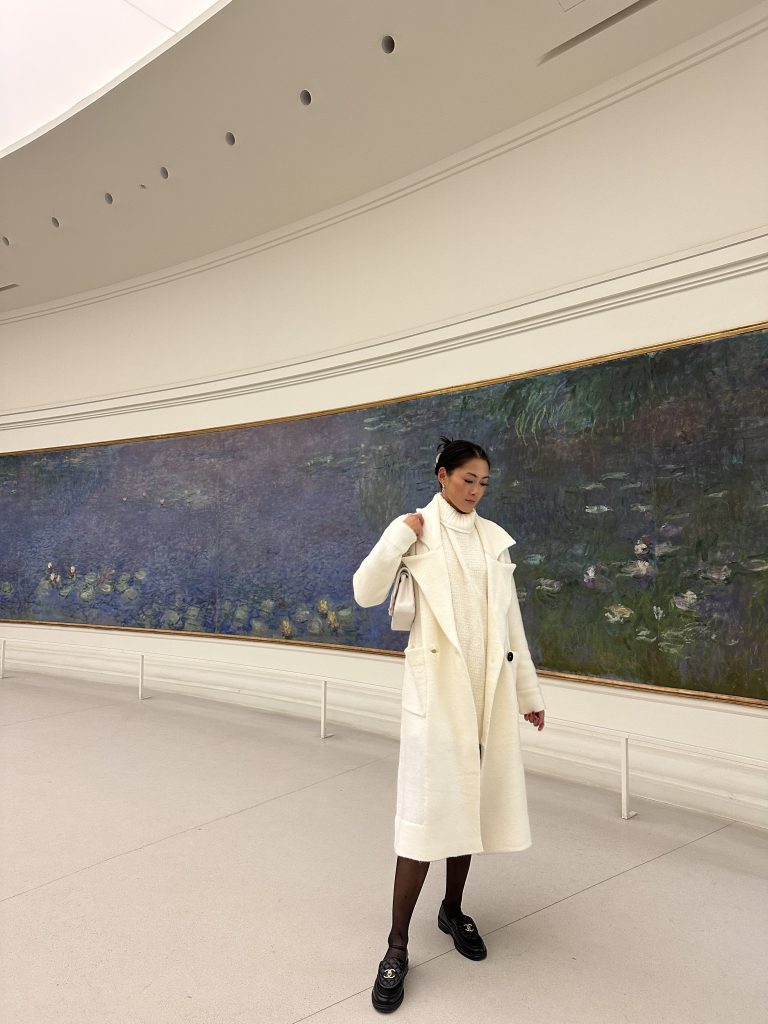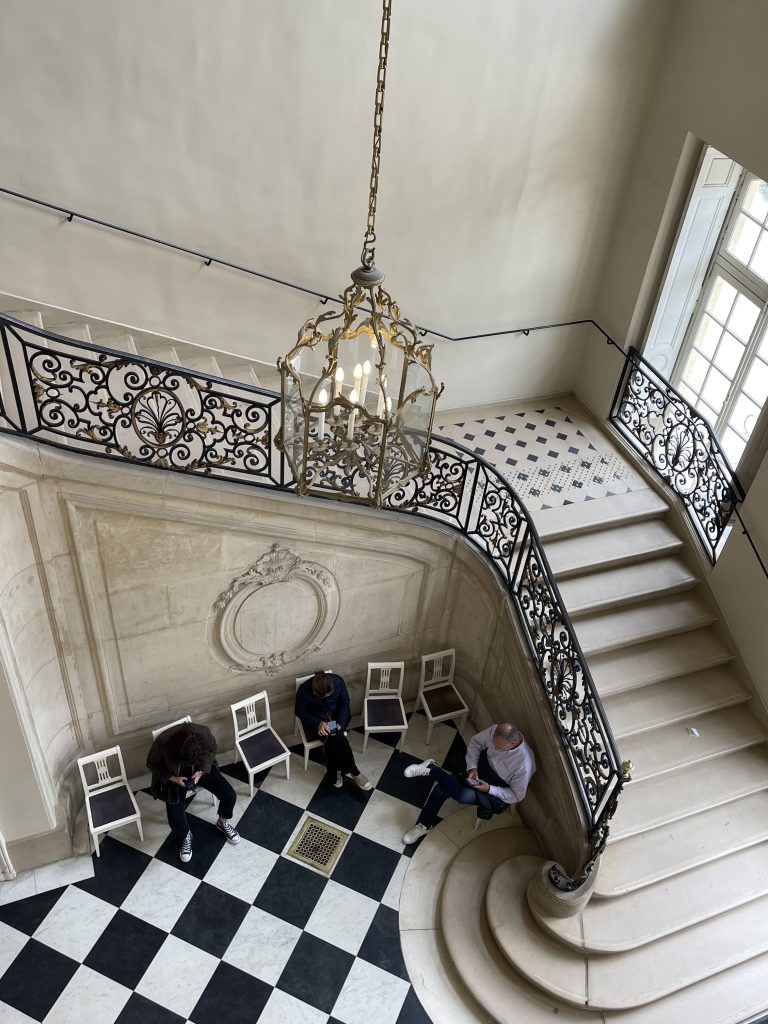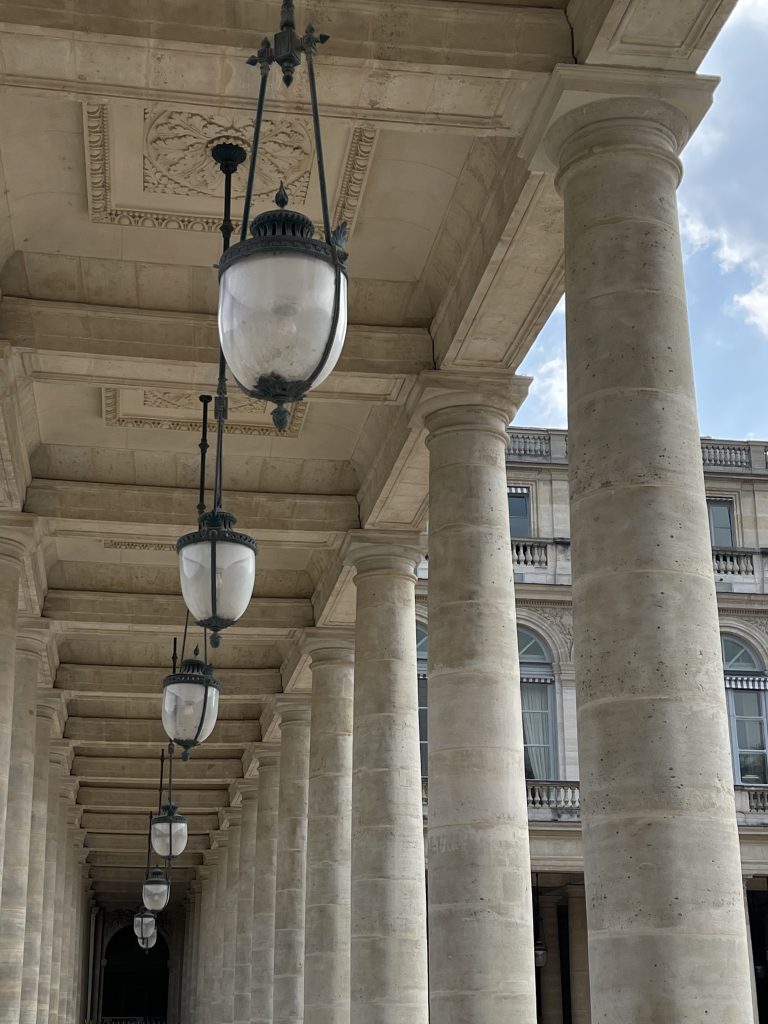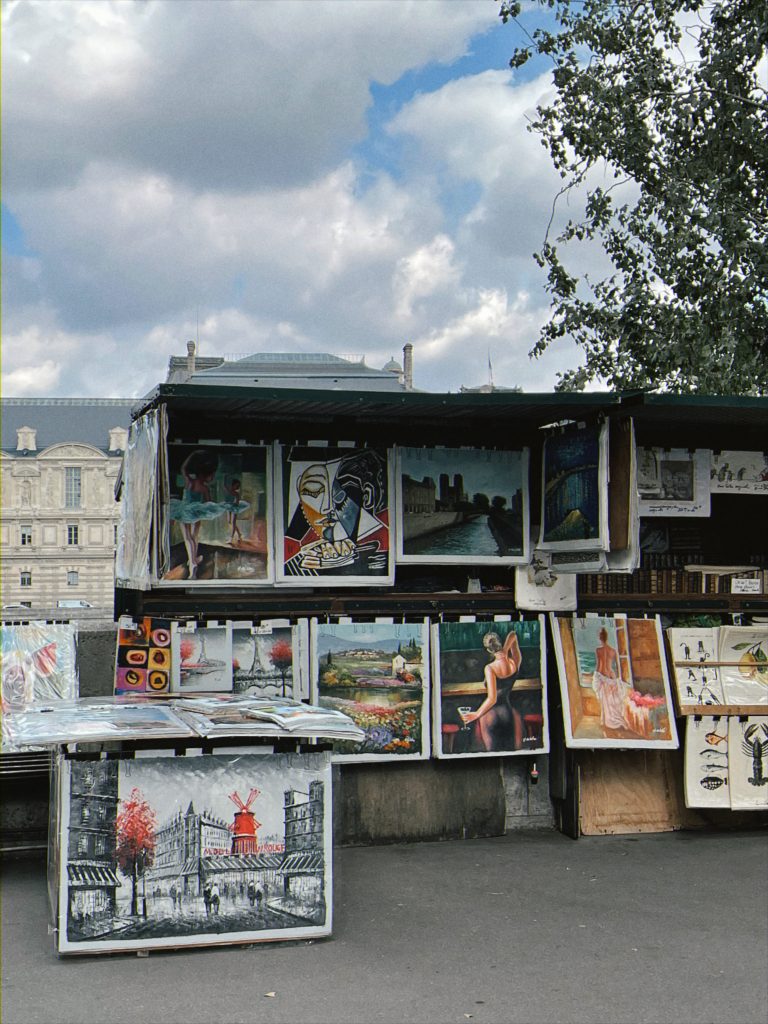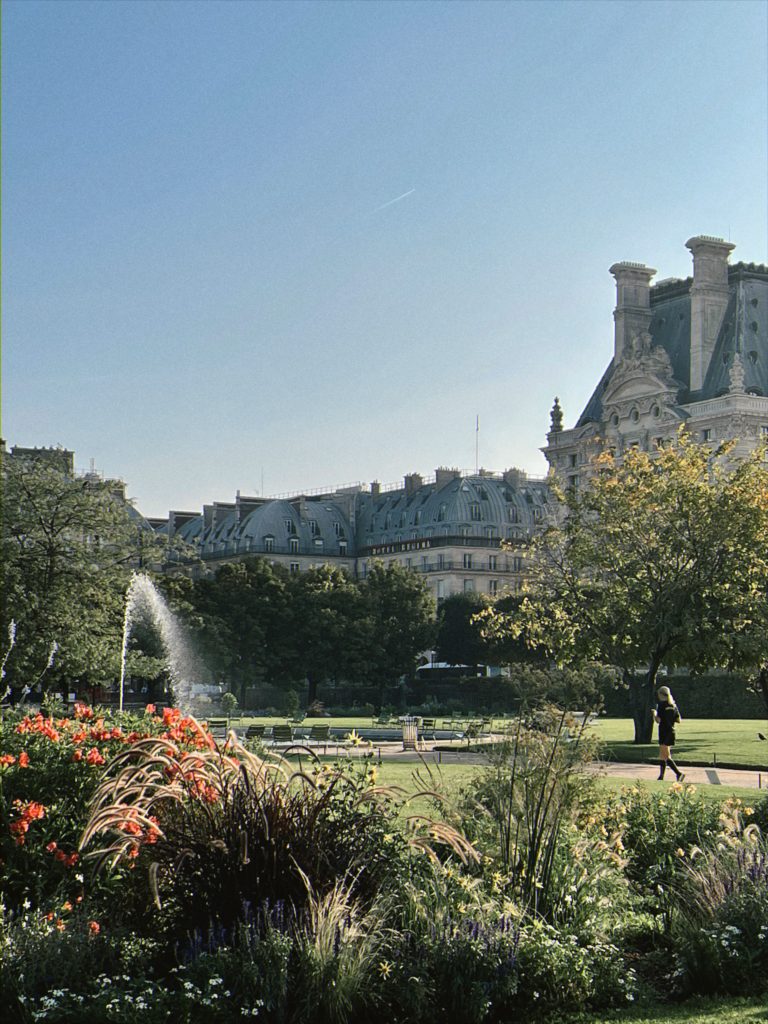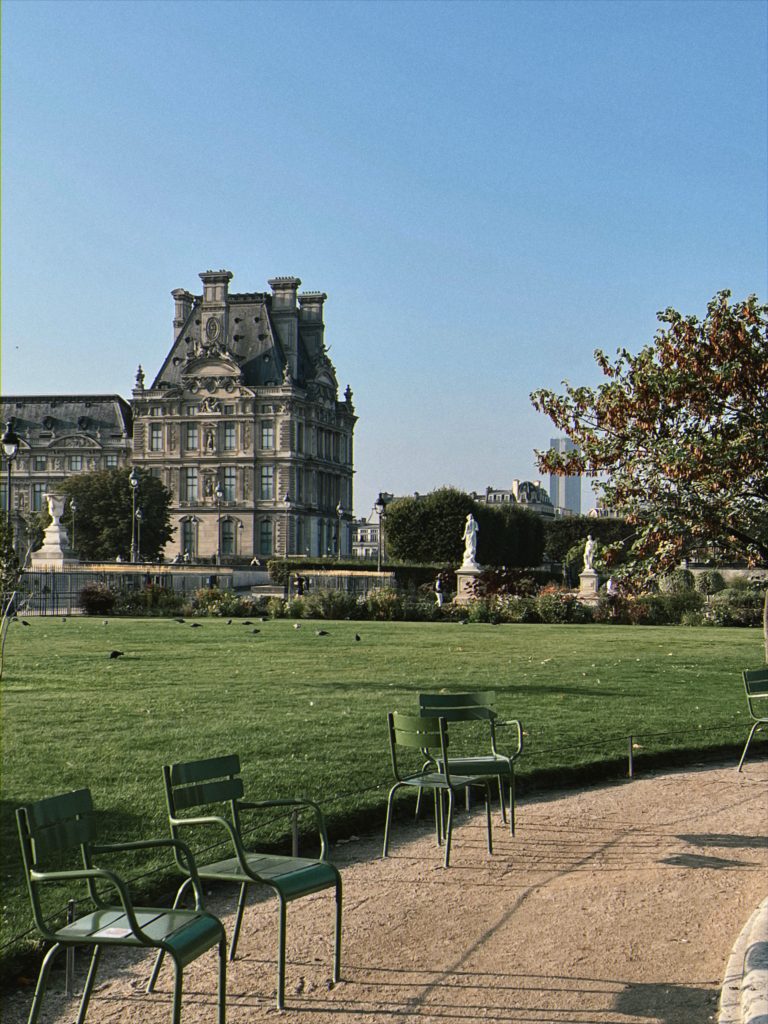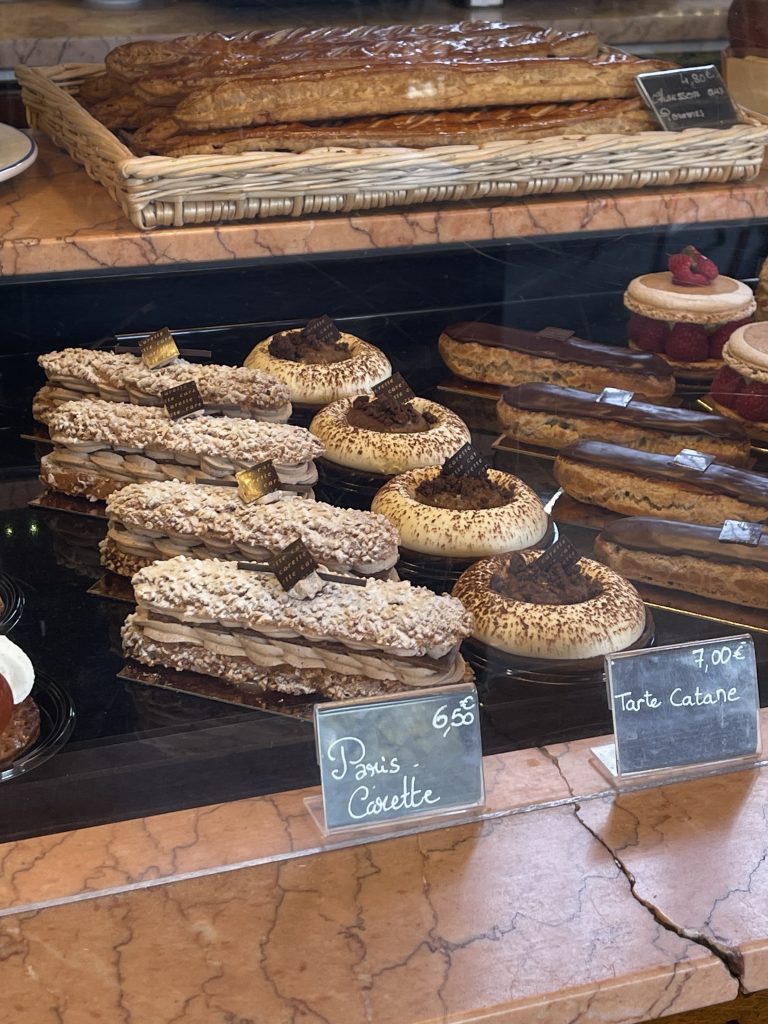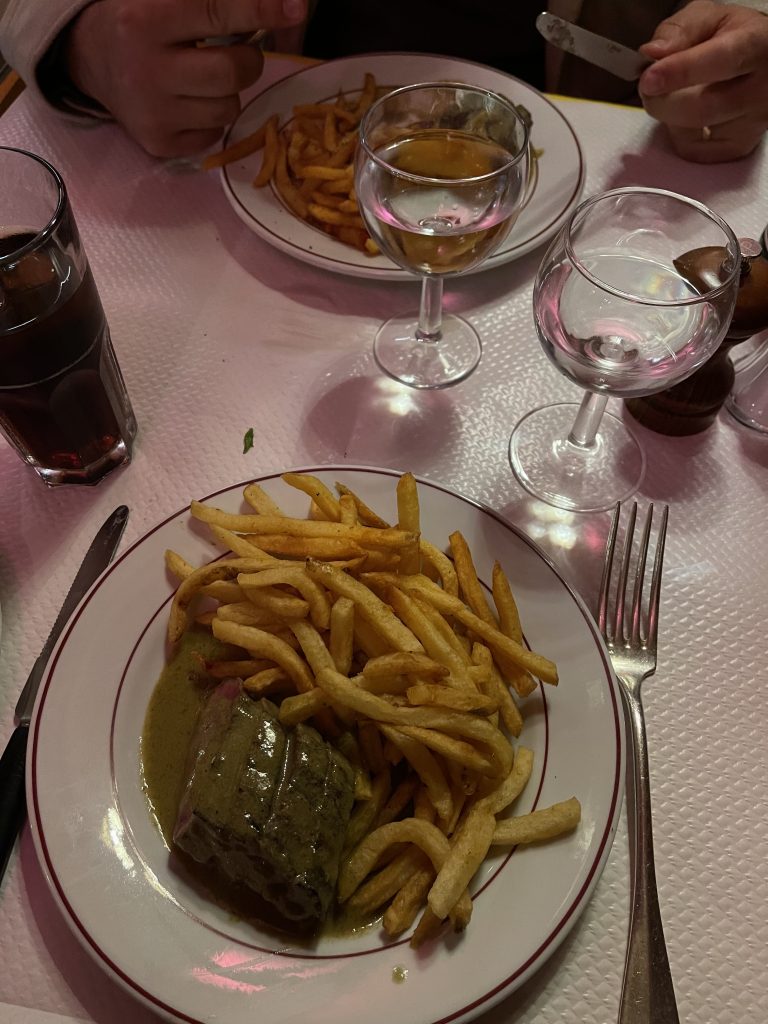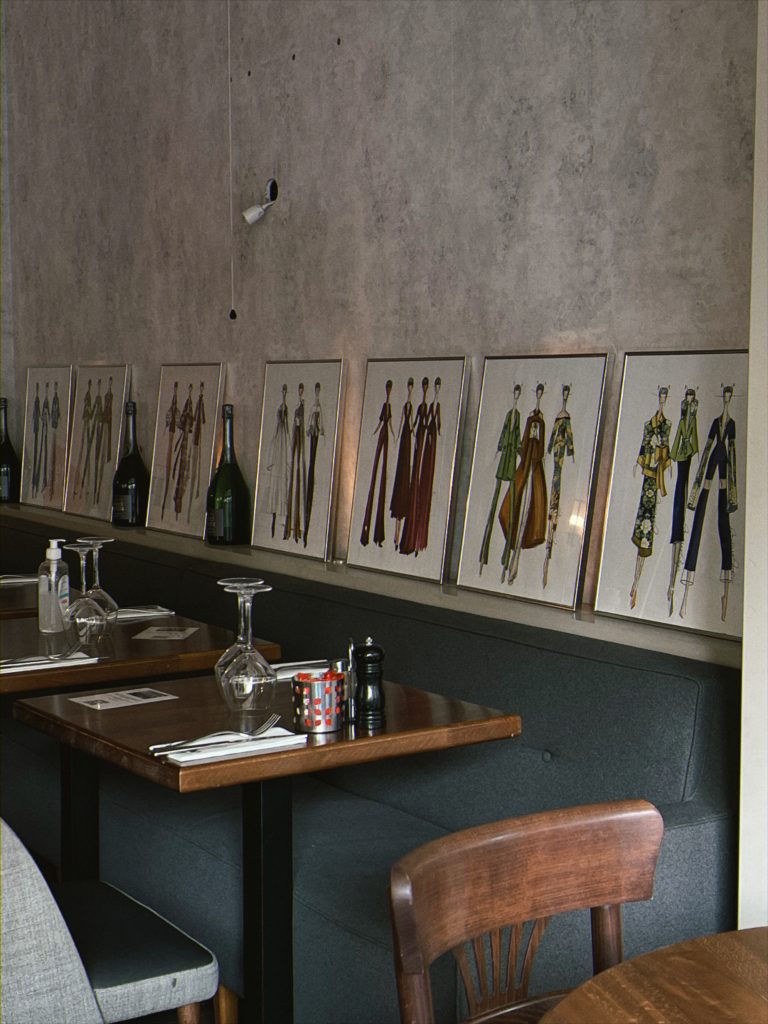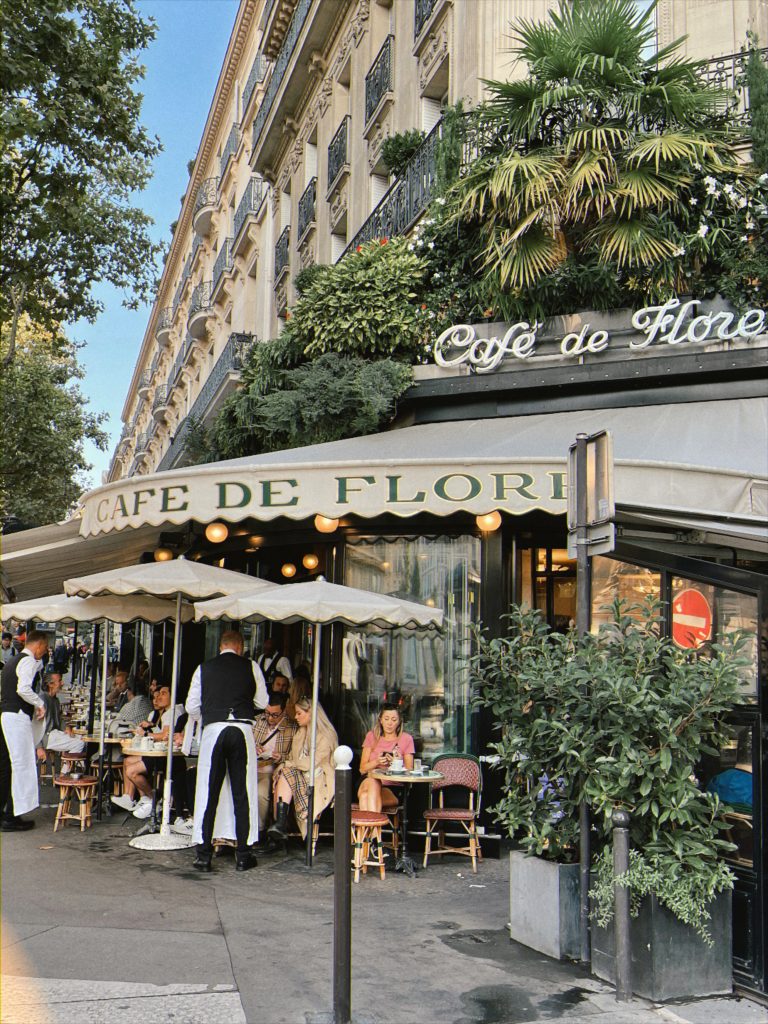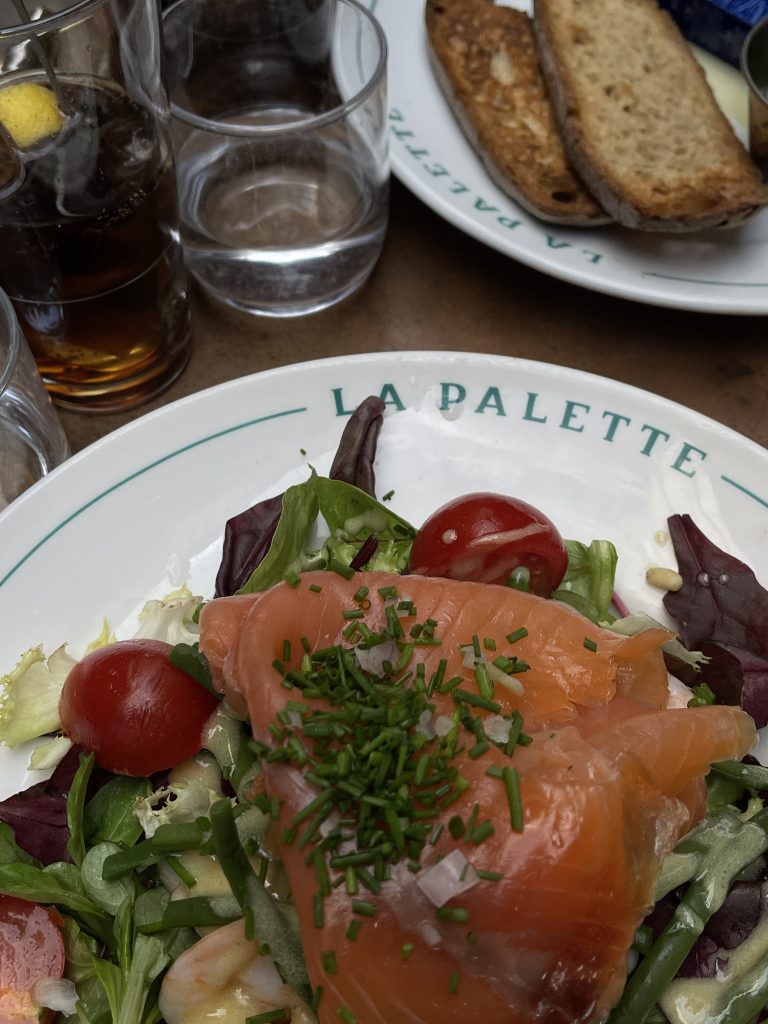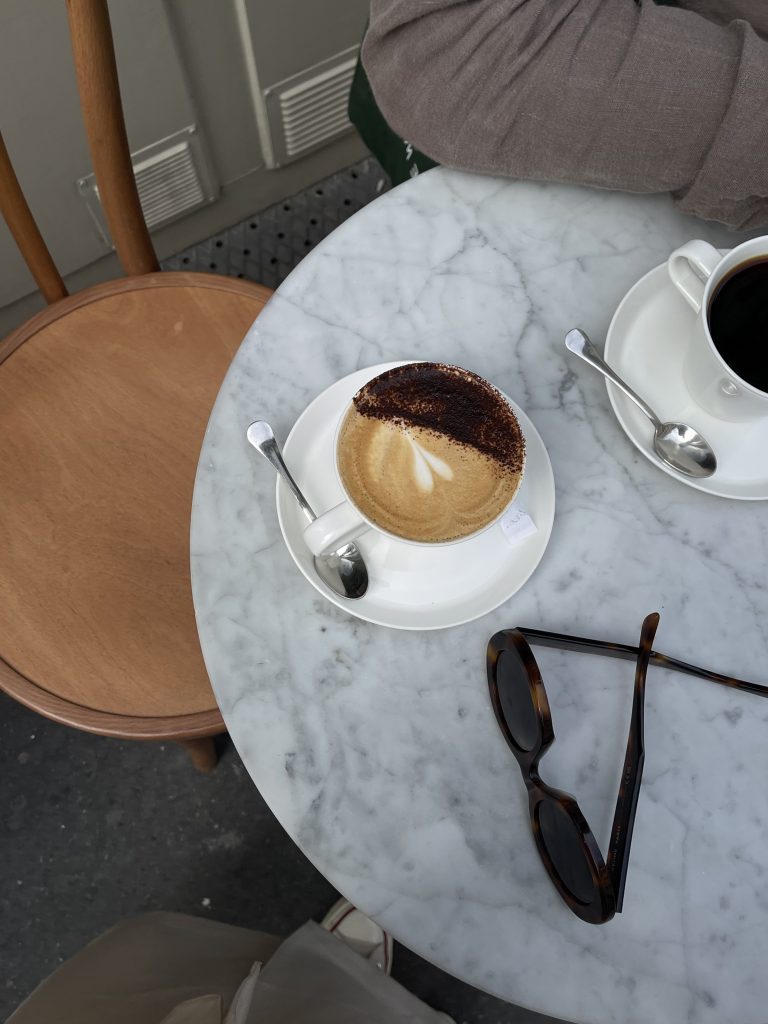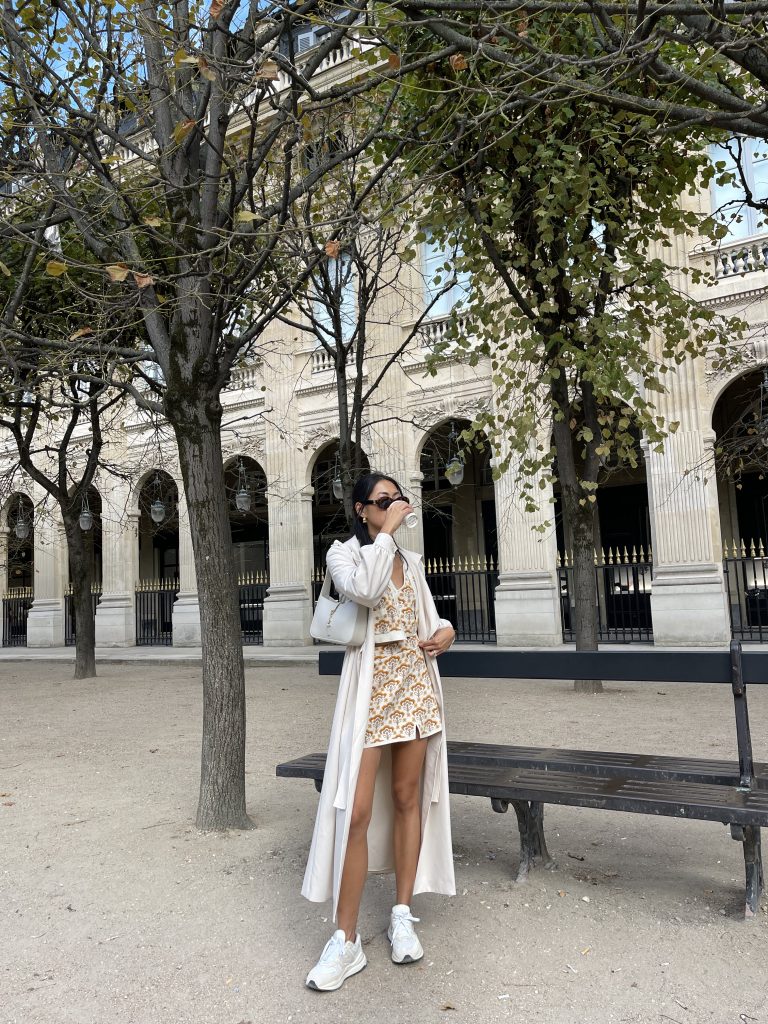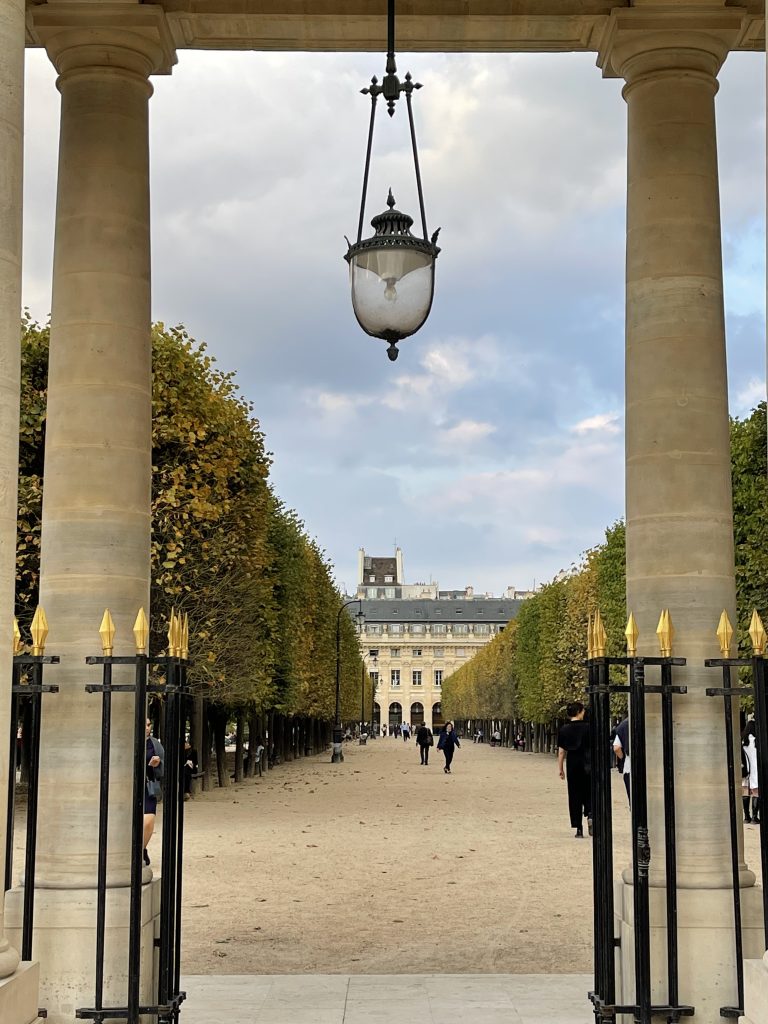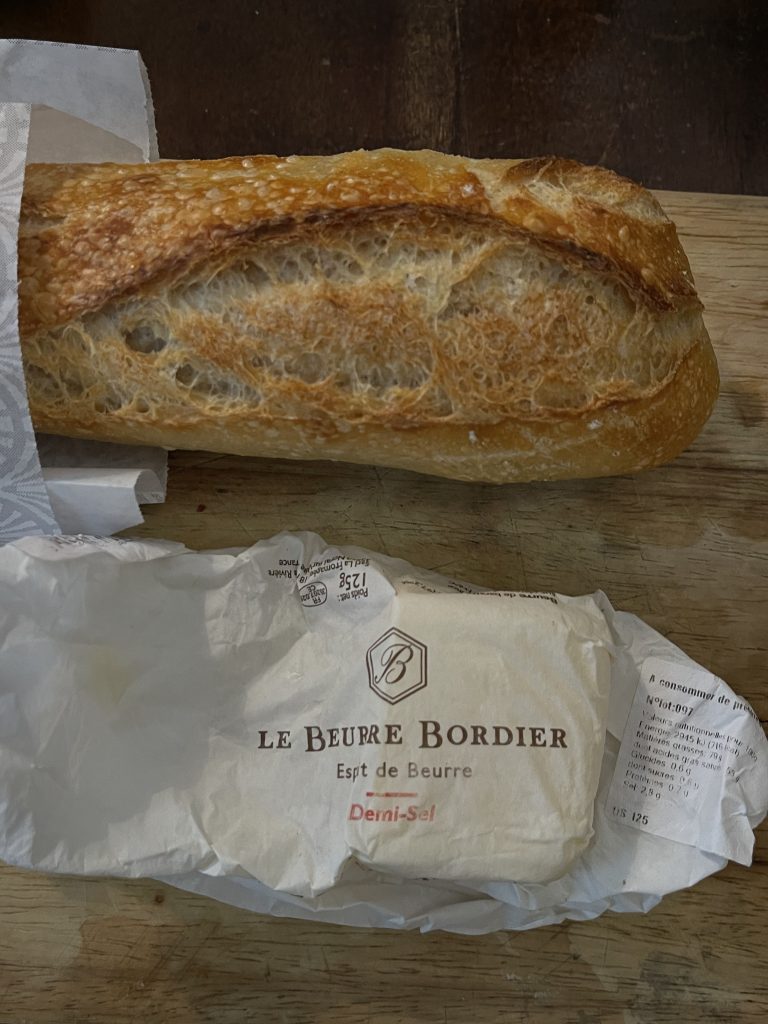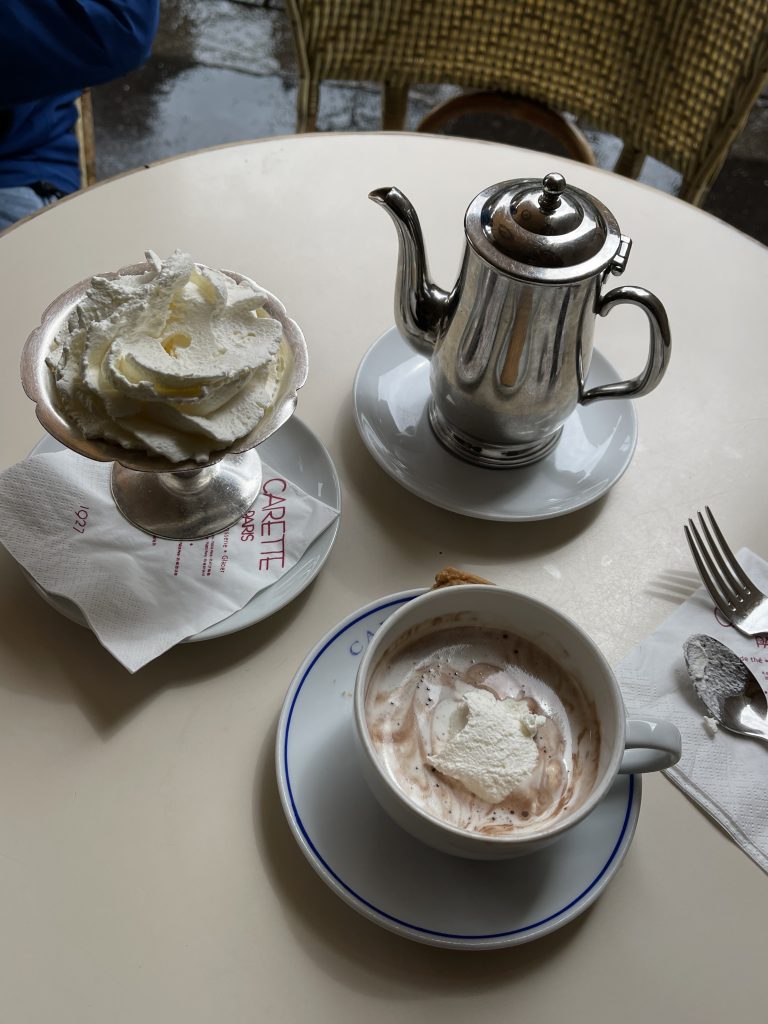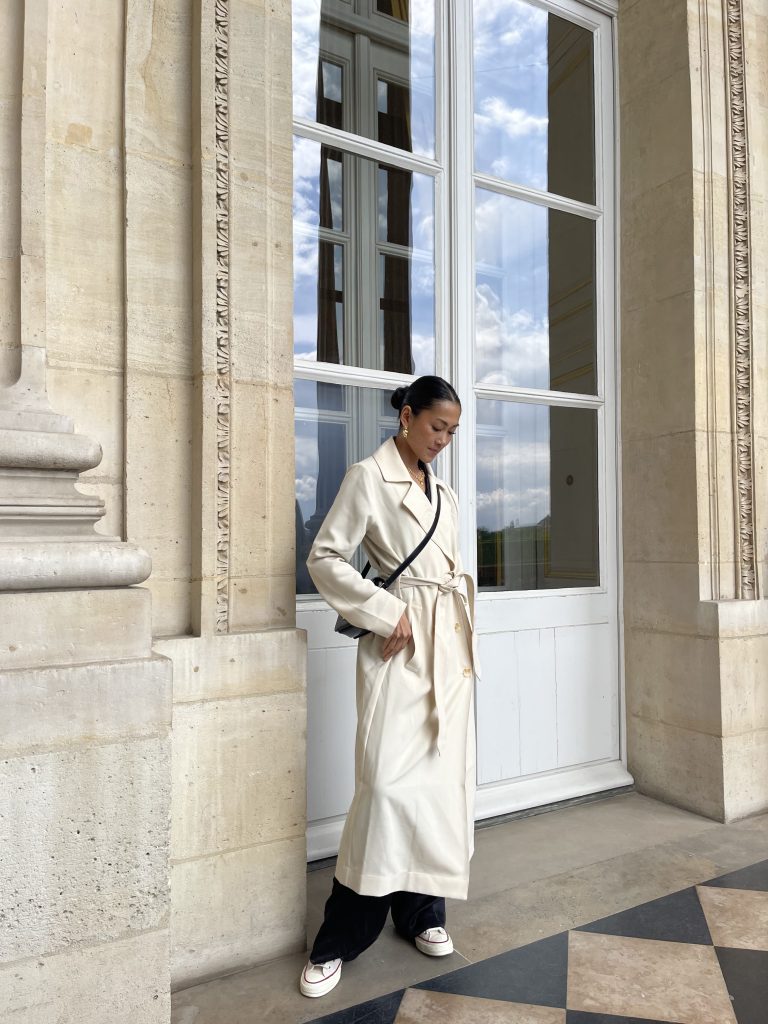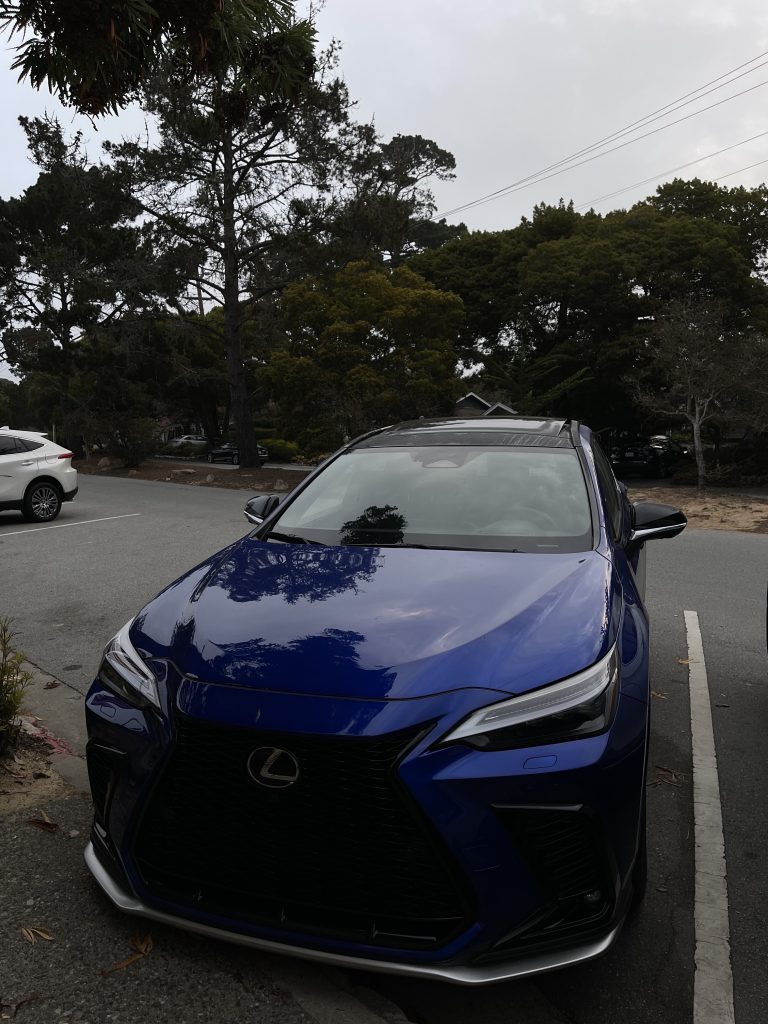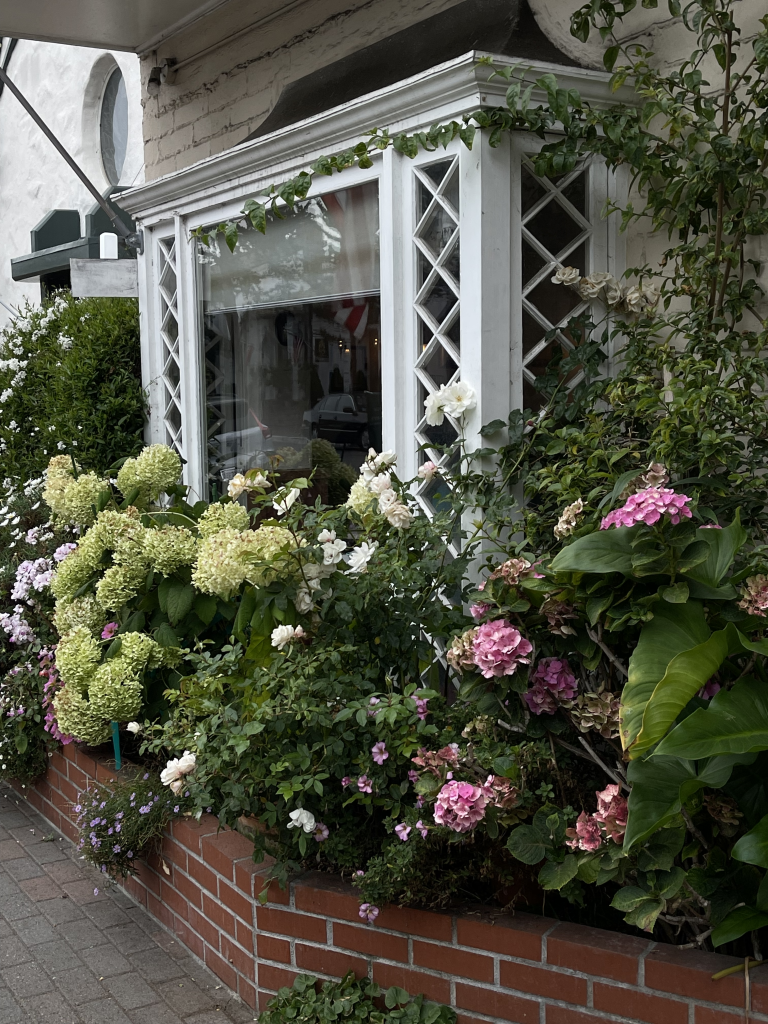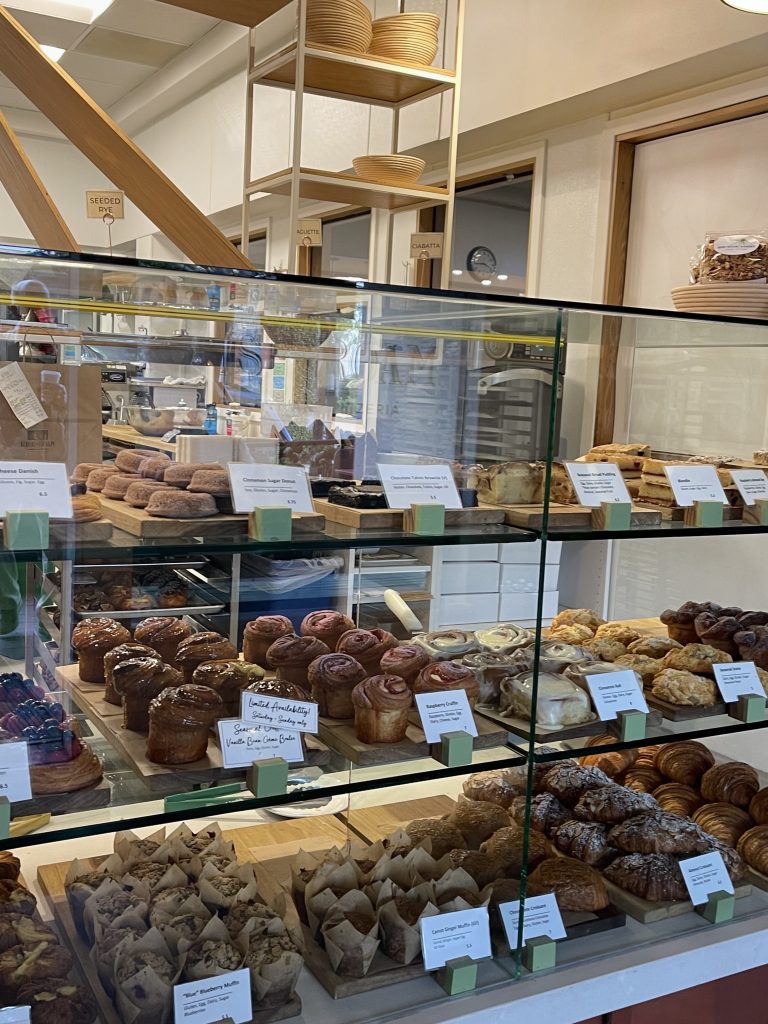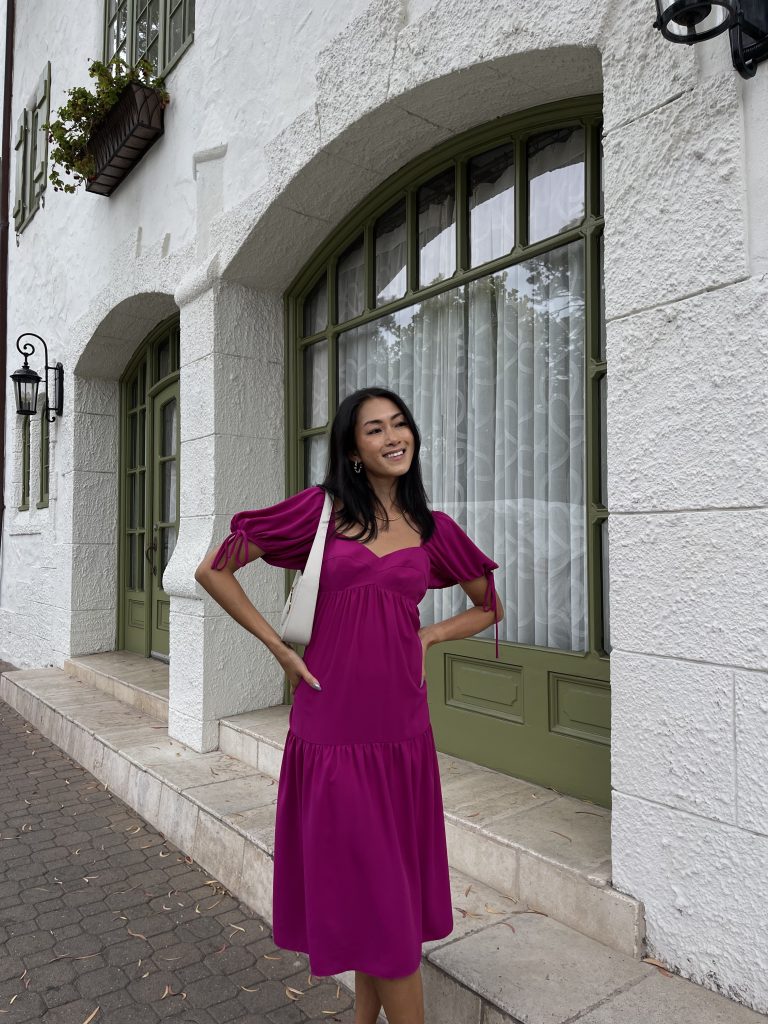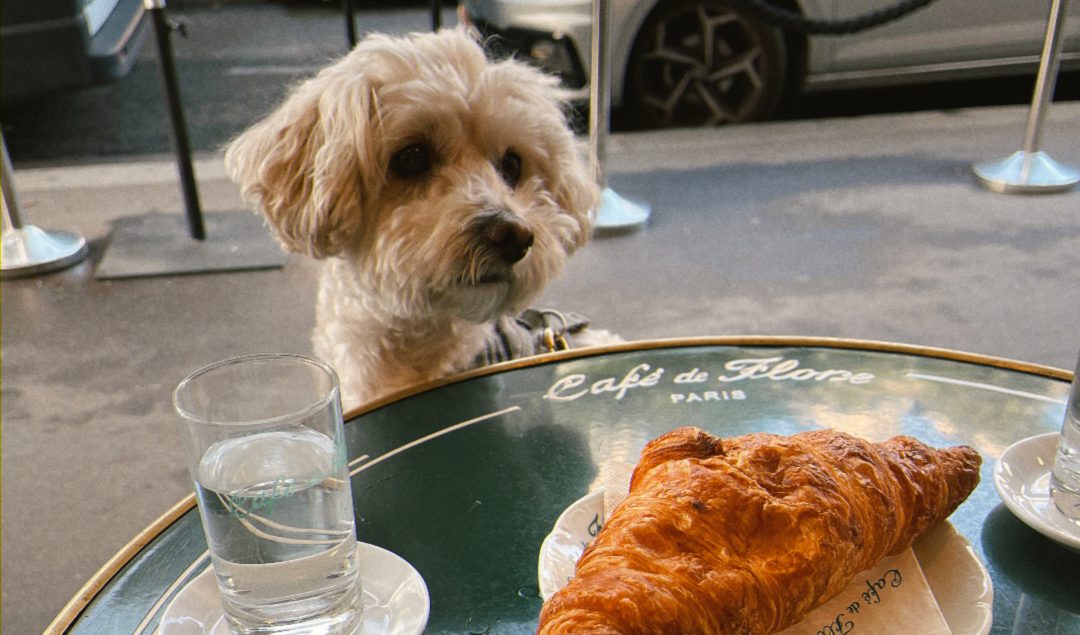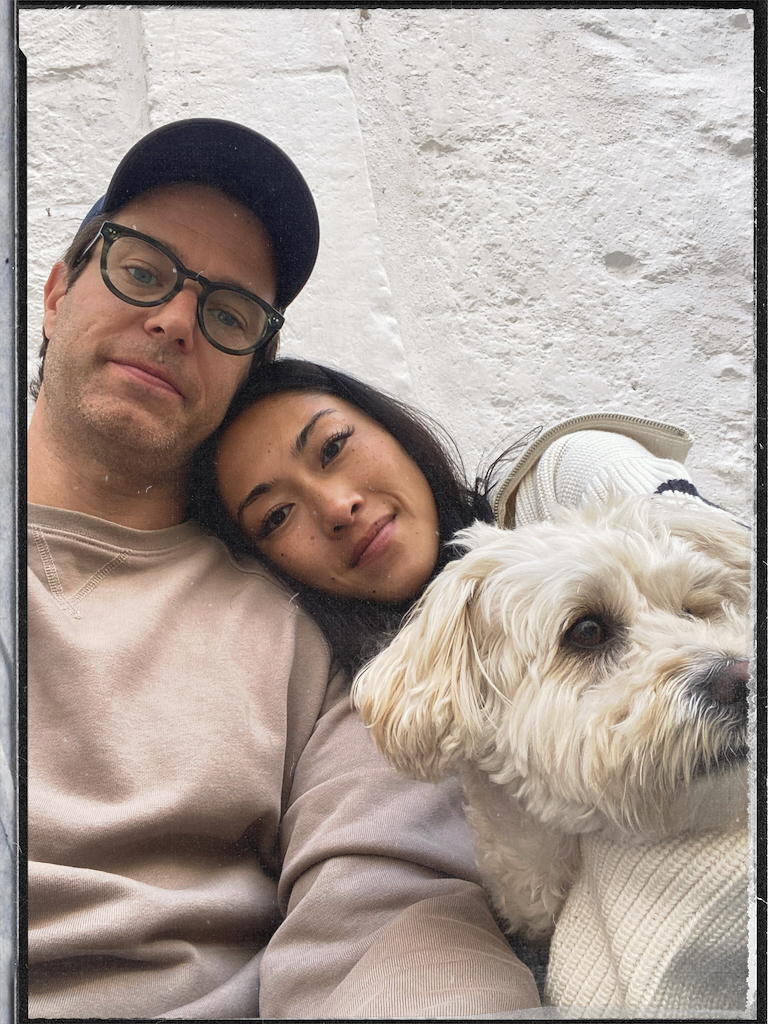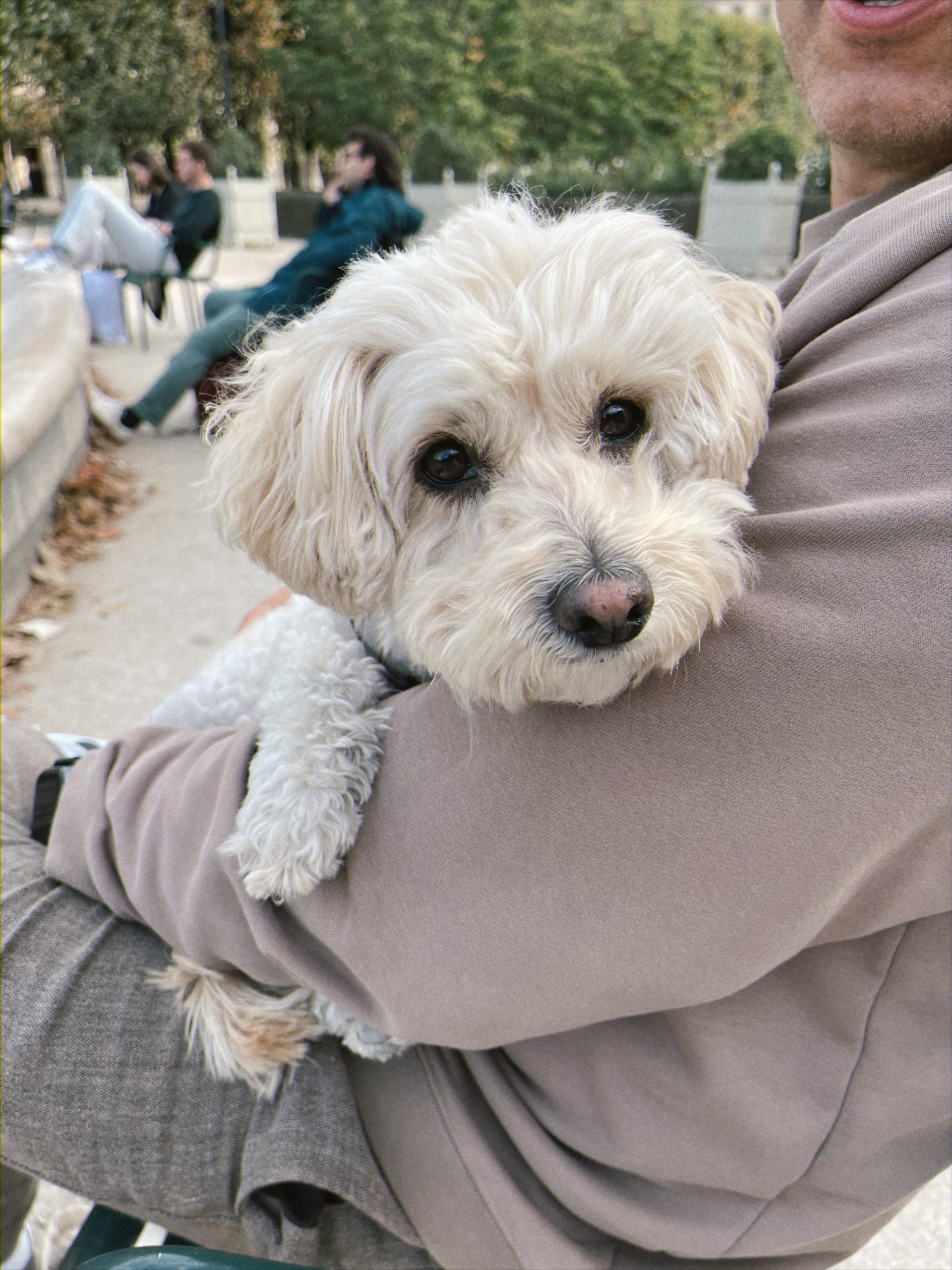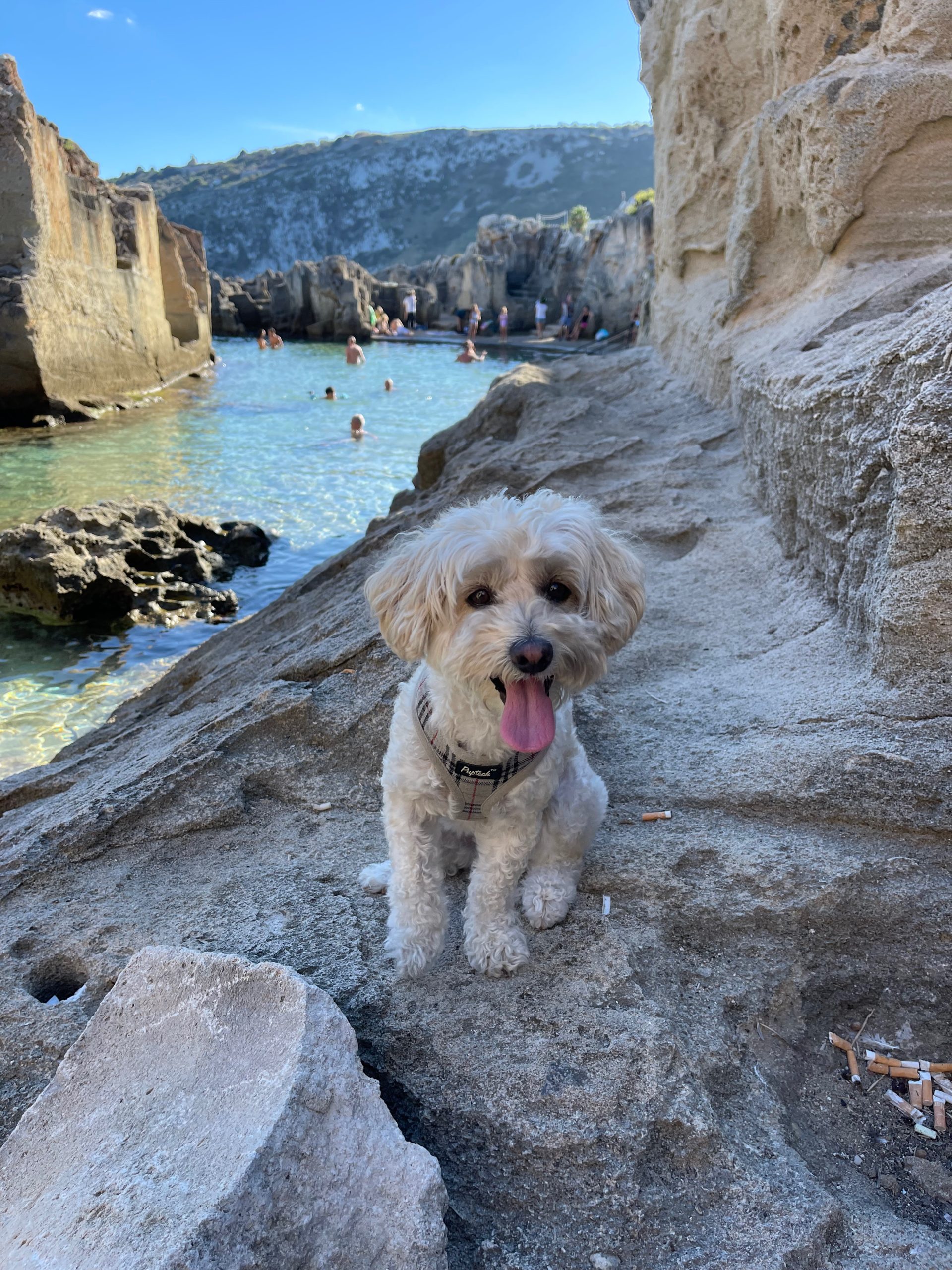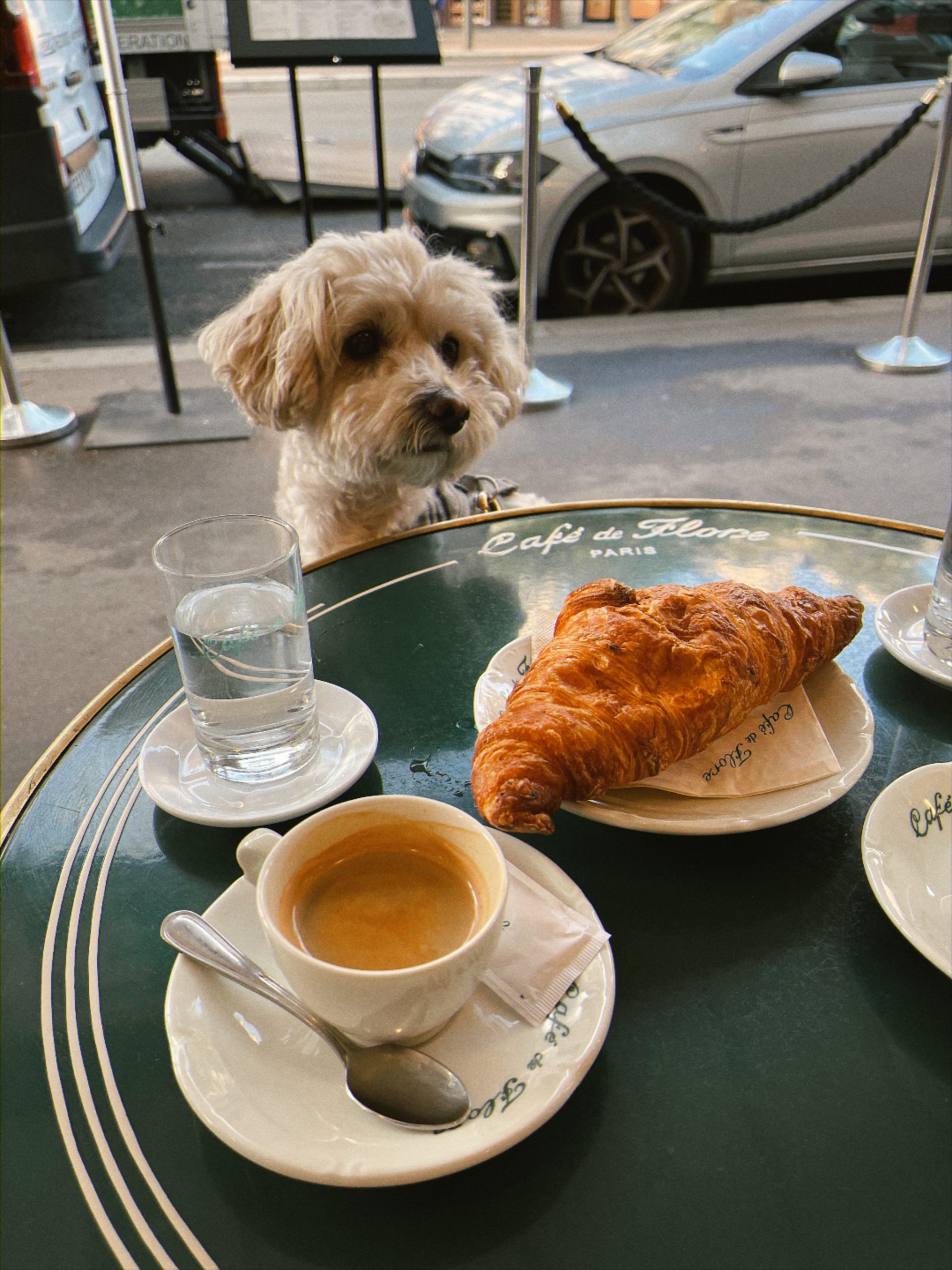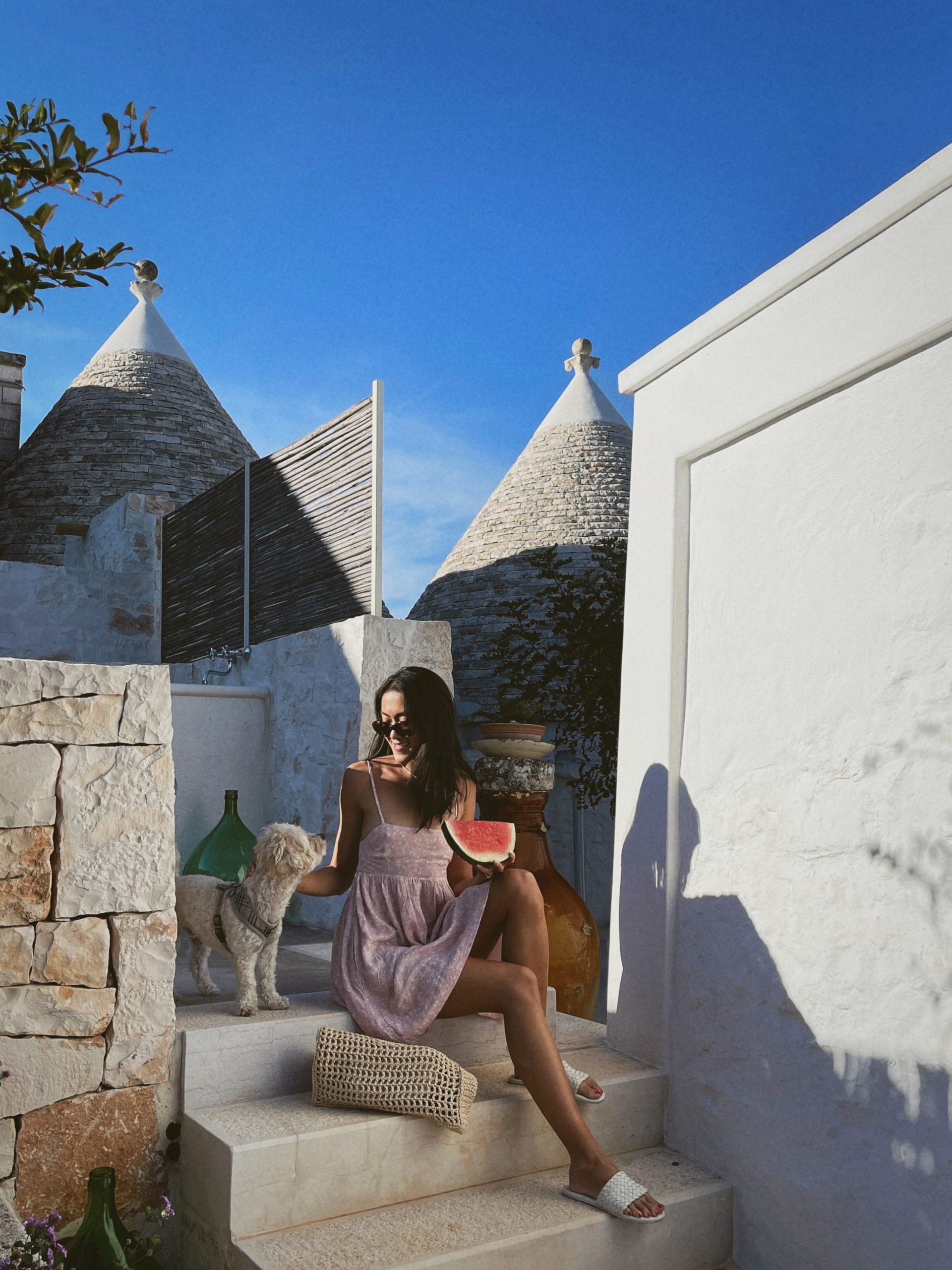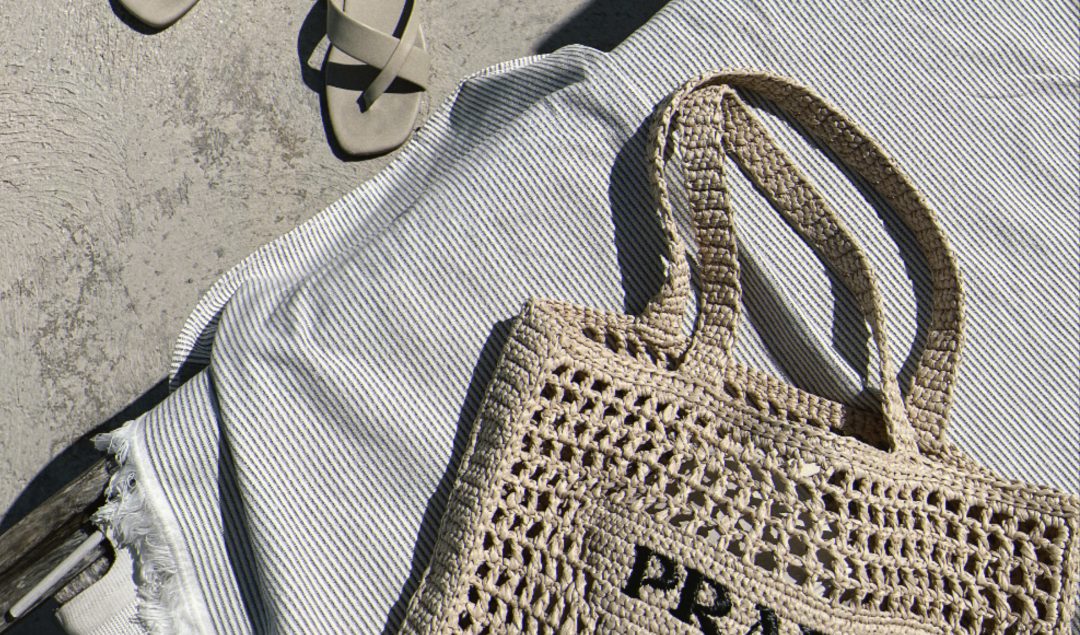Although Milan is widely considered the design and fashion capital of Italy, I still feel it’s underrated and gets a bad rap from American travelers. In case you missed it, here’s my original guide to spending 72 hours in Milan from our first visit in 2018. Since this post, we’ve visited Milan several times and have grown to love the city more with each visit. Even if you’re not head over heels for Milan, it’s a fantastic base to explore Italy from.
Whether you choose to take advantage of Italy’s incredible rail network to take day trips to other cities or opt to rent a car and explore yourself, there is so much to do and see in Northern Italy. Inevitably, you may find yourself spending a day or two in Milan and asking yourself what there is to do and see. Here’s my updated travel guide to Milan with all of my favorite restaurants, shops, and more.
Milan Travel Guide
Compared to other popular Italian cities, Milan can feel industrial and boring to tourists. That’s because, in a sense, it is. There aren’t as many beautiful old buildings or museums as in Rome or Florence, and you can easily see the typical tourist sites in a day. The city feels definitively urban and corporate – after all, it’s the economic center of Italy. While la dolce vita is typically on full display in more tourist-driven destinations, Milan has a very real hustle and bustle energy that is more reminiscent of New York City than the Amalfi Coast. You’ll still find plenty of people having aperitivo at 7pm, but you’ll also see lines of Italians (somewhat impatiently) standing at the bar drinking their morning espressos on the way to work. There’s more of a balance of work and play.
With that said, I love Milan for precisely those reasons. There’s less pressure to do and see a million things in a day, but you still get all of the benefits of being in Italy. There’s incredible food, shopping, art, and more. The city is relatively small and easy to navigate – you can walk everywhere, and best of all, you have all of the comfort and convenience of a big city at your fingertips.
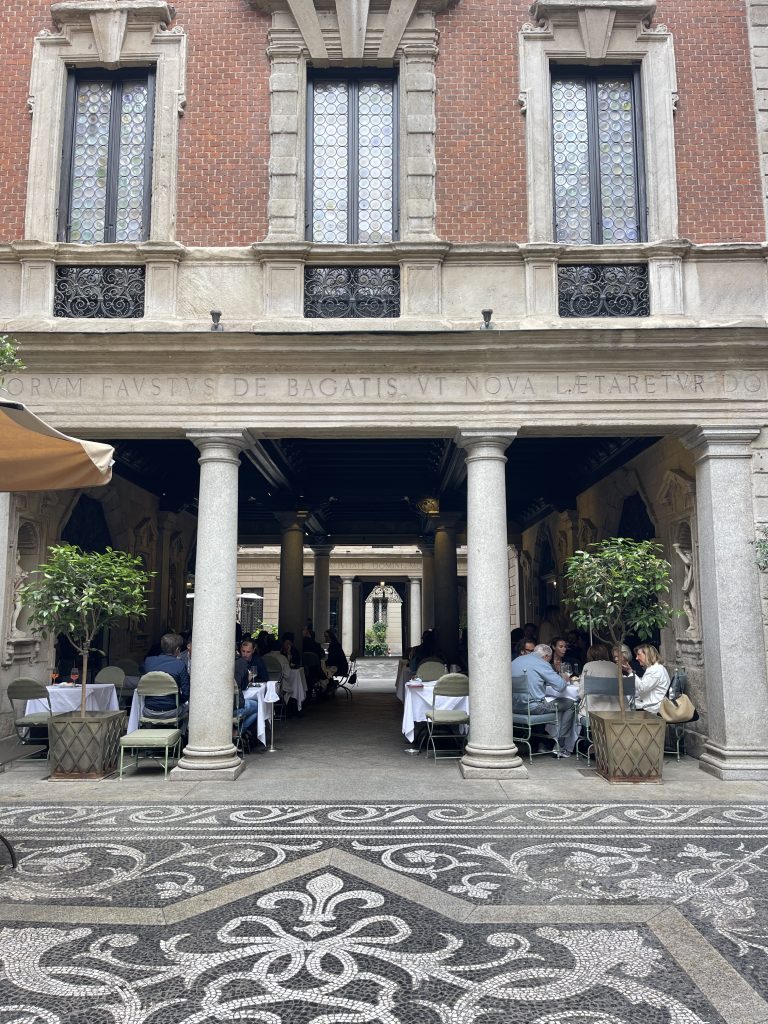
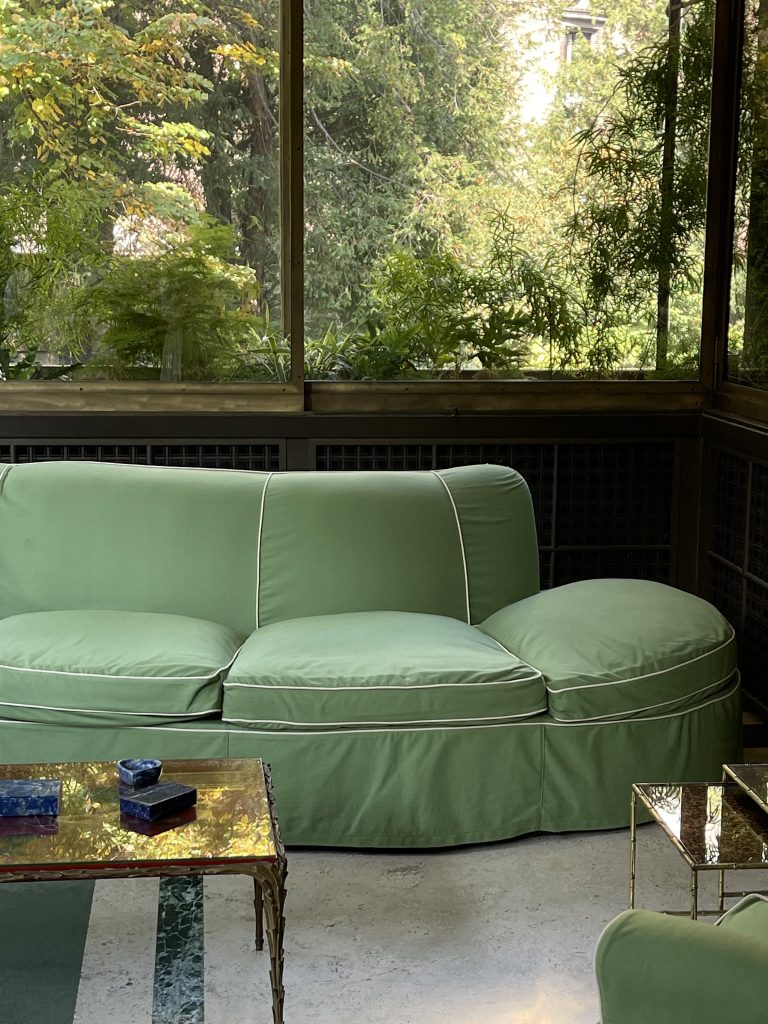
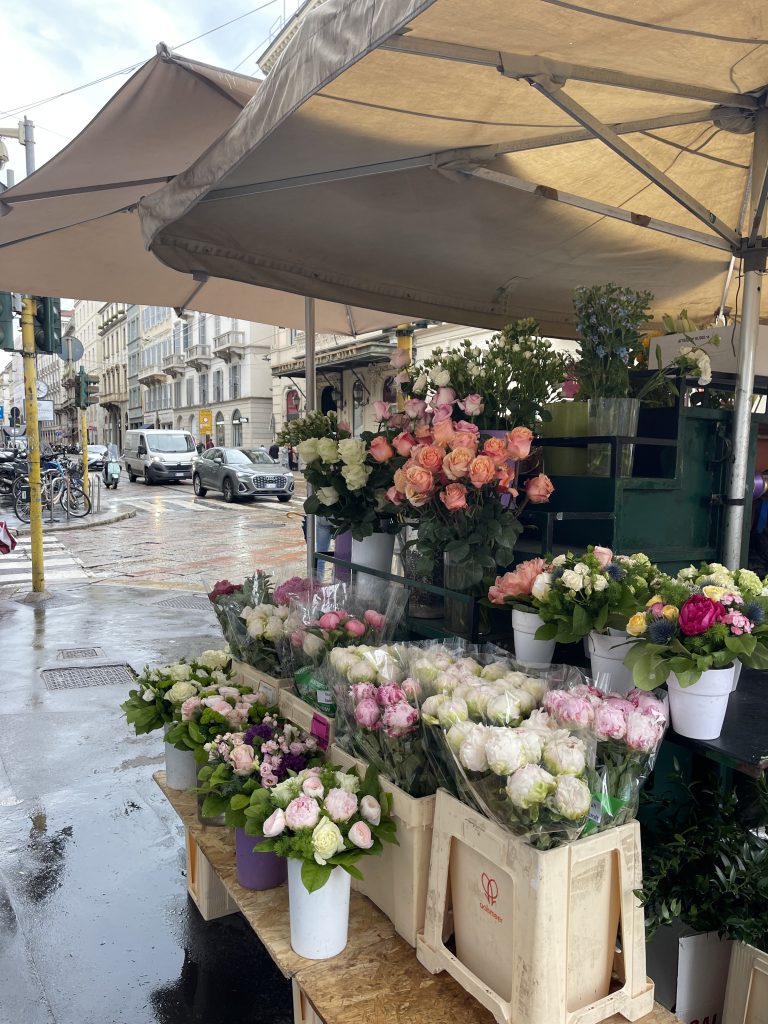
Where to Stay in Milan
+ For hotels, we loved Excelsior Hotel Gallia (right outside Milano Centrale) but have also heard wonderful things about Hotel Principe di Savoia and the Armani Hotel. I don’t normally recommend staying by the train station, but there are tons of affordable options by Milano Centrale and it’s convenient if you plan on taking day trips by train.
+ Airbnbs – there are actually many charming and design-oriented Airbnbs in Milan! I love the Brera neighborhood for its central location and walkability, but on our last two visits we stayed at this gem of an Airbnb in Isola. The photos don’t do it justice, it’s by far my favorite Airbnb I’ve ever stayed in.
Getting Around Milan
Milan is incredibly easy to get around – I recommend walking everywhere if you can, or grabbing an electronic bike on the street if you’re in a rush. The metro is also easy to use, but wasn’t as convenient and built out as other major cities I’ve visited. The train station is central and as far as train stations go, clean and safe.
If you’re flying into Milan, note there are 3 airports. If you’re flying internationally from the US, you will fly into Malpensa (MXP). However, if you’re flying between Italian cities or other parts of Europe, I highly recommend flying into Linate (LIN) if you can! It’s much smaller than Malpensa, which makes it easier to navigate, and is also much closer to the city. A taxi between central Milan and Linate is only around 40-50 euros.
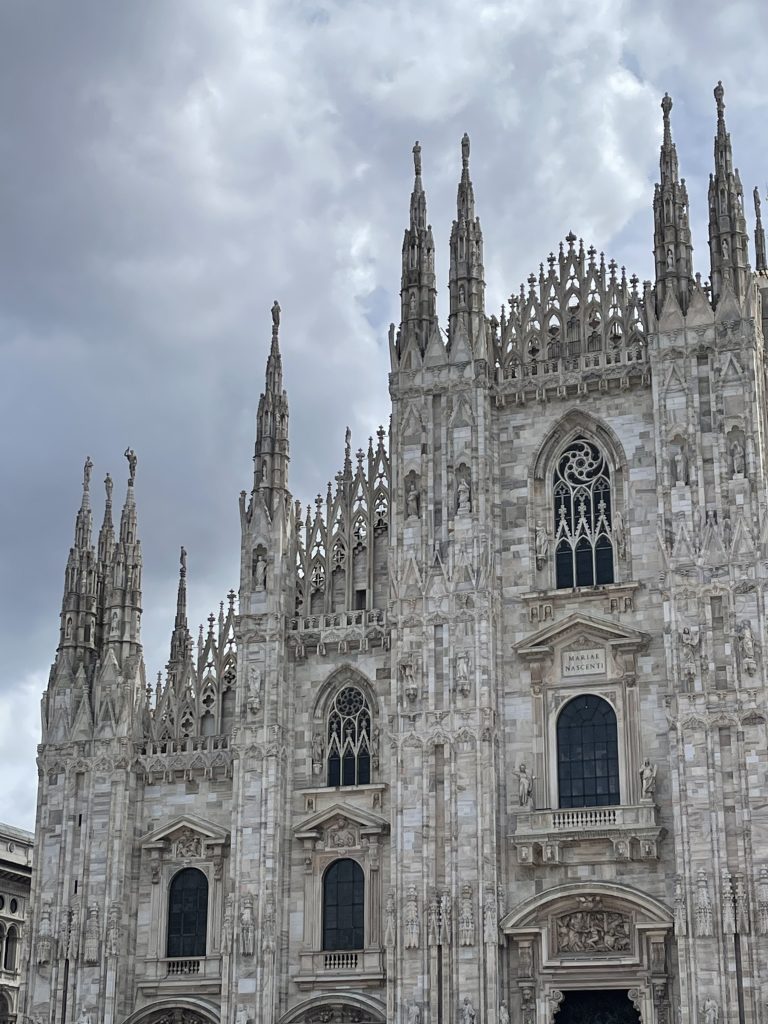
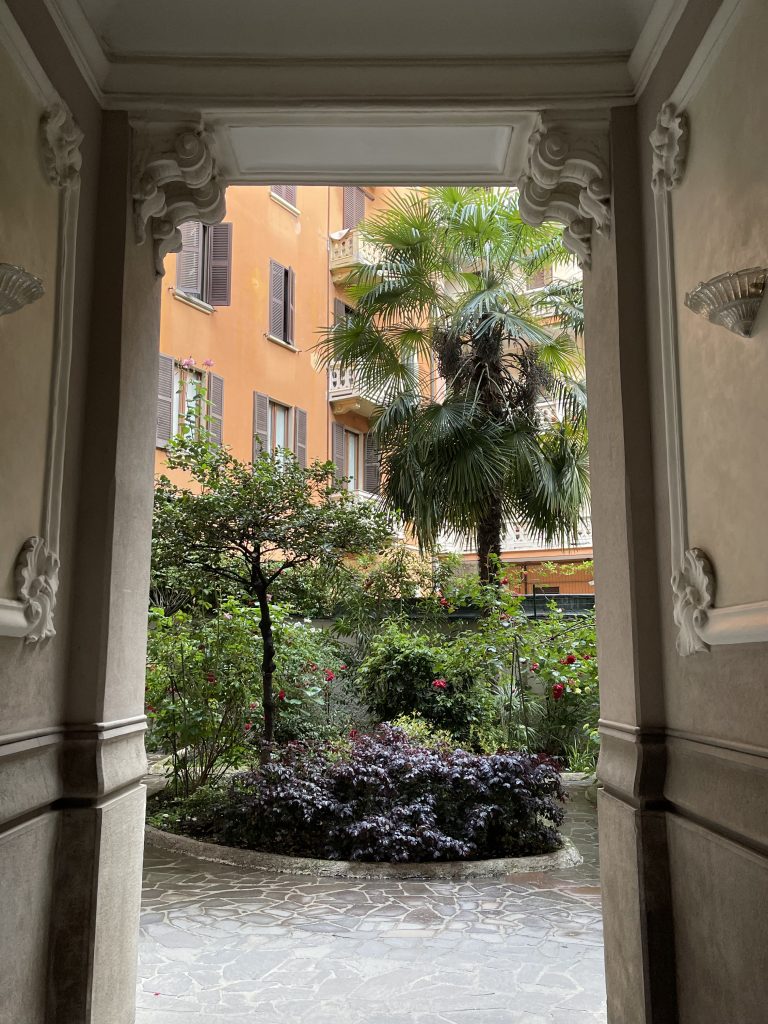
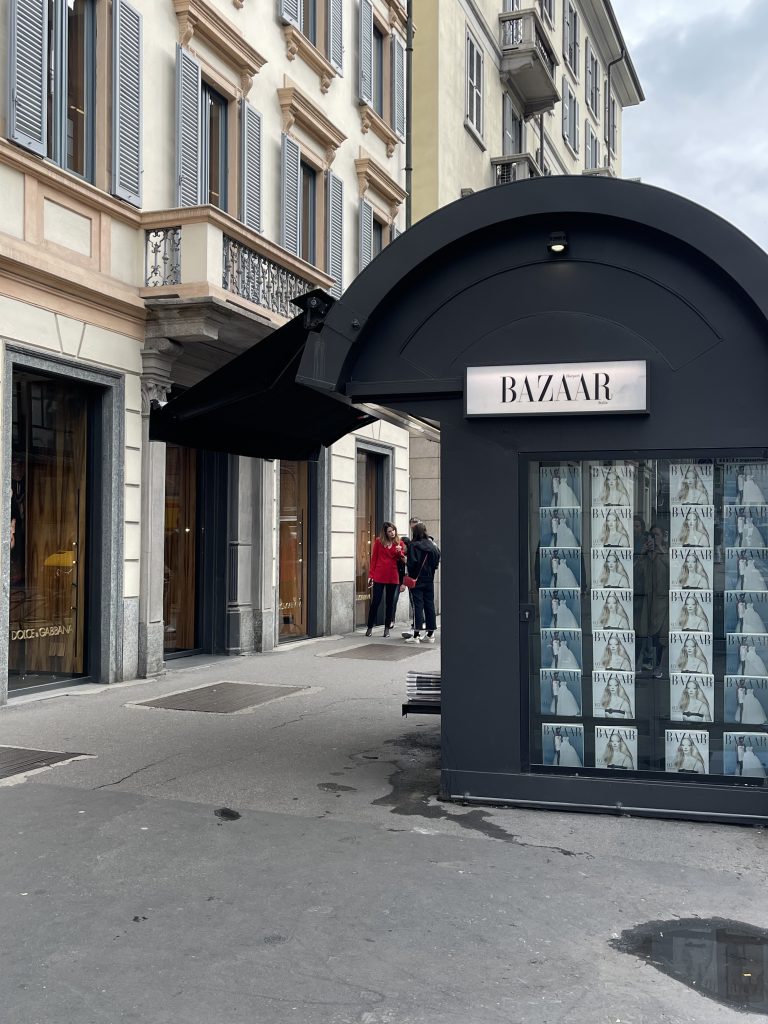
What to Do
My favorite days in Milan are slow and leisurely, without much of an agenda – which is very opposite of how I typically travel! But if it’s your first time visiting Milan, you may want to see all of the typical sights – you can probably check most of these off your list in a day or so.
+ Visit the Duomo
A visit to Milan isn’t complete without a visit to see the Duomo! I still make a point to see it every time because it’s so awe-inspiring and beautiful. Although I’ve never actually gone up to the top of the Duomo, you can book tickets to visit the inside of the cathedral and rooftop. The Duomo is the most famous tourist attraction in Milan and is probably the only part of the city I’ve felt overwhelmed by crowds and tourists. If you don’t love crowds, go early in the morning or at night (seeing it lit up at night is an experience!) and avoid weekends.
+ The Last Supper
Tickets for The Last Supper book up a month in advance, so if you’re interested in this make sure to book your tickets ASAP!
+ Shopping
Porta Nuova has tons of boutiques – very famous is 10 Corso Como. All of the luxury houses have beautiful shops around Via Monte Napoloeone – La DoubleJ is unique to Milan and a must visit. Galleria Vittorio Emanuele is also worth seeing for the design and architecture, but keep in mind it is always very busy due to its proximity to the Duomo. The first Prada store ever is inside, so if you’re looking to make a purchase at Prada this is a special place to do so!
+ Navigli Canals
A historic neighborhood in the southwest corner or Milan, linked by canals and reminiscent of Venice. Today, the neighborhood is very young and trendy – if you’re looking for a casual aperitivo spot around sunset the canals are a great place to wander and pop in for a spritz.
+ Villa Necchi Campiglio
An architectural gem of a villa in the heart of the city. There are several historic houses that have been converted into museums, this is my favorite and absolutely worth a visit.
+ Fondazione Prada
Modern art museum about half an hour away from the city – the museum exterior is worth seeing on its own, but the exhibits inside also make for a fun morning or afternoon. The ground also has a very aesthetic cafe designed by Wes Anderson, Bar Luce which is the perfect spot to grab your morning coffee and a pastry.
+ Take Day Trips
If Milan isn’t your thing, you can easily take a train 1-2 hours away to explore and make it back in time for dinner. We did Venice in a day which was 2.5 hours by train (we loved it so much and will 100% be back to stay there for a few nights) but you also have Florence (2 hours away), Lake Como (less than an hour away), Lake Garda (1.5 hours away), Turin (1 hour away), Bologna (1 hour away), Varenna (1.5 hours away), and more!

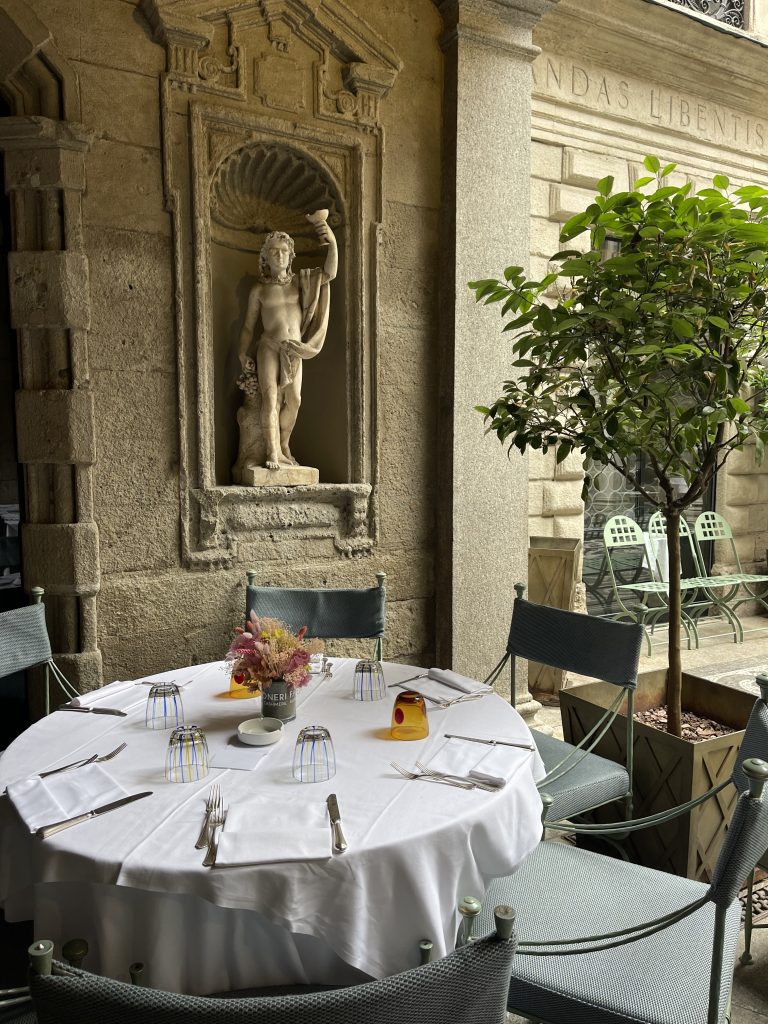
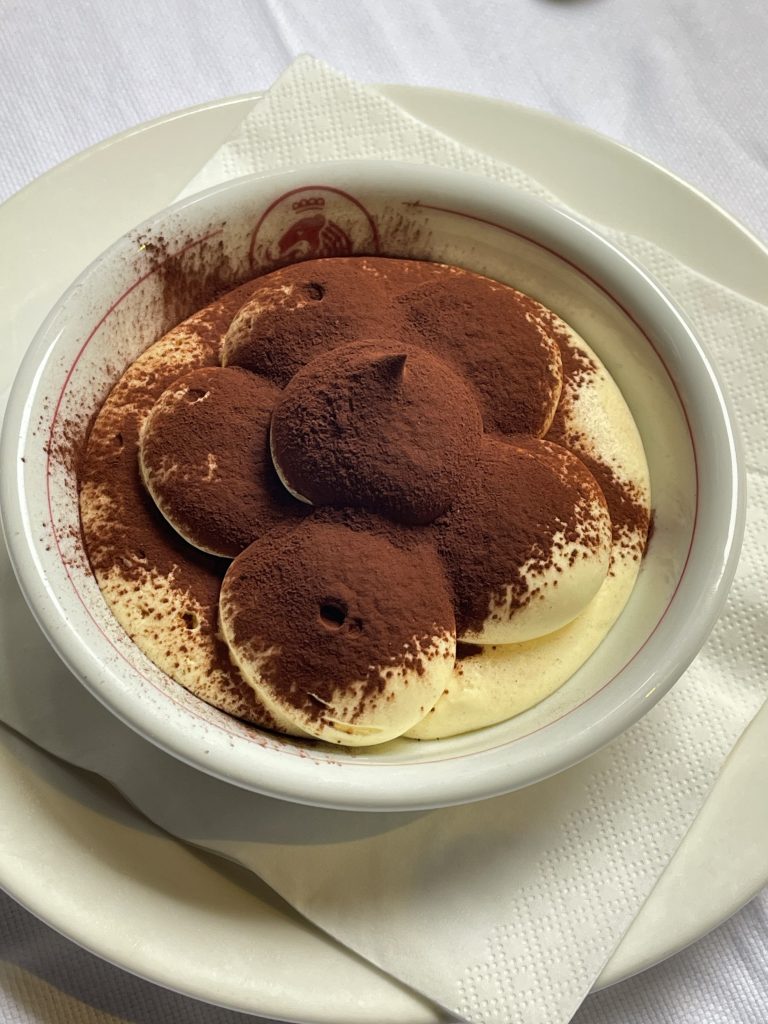
Where to Eat & Drink
Reservations are highly recommended for the restaurants below, in Italy when you reserve a table it is yours for the entire evening. Even if you walk into a restaurant and there is no one seated, you can be turned away because they are “fully booked” – this means they have reserved all the tables and within an hour the entire restaurant will be full. Also remember that restaurants close between lunch and dinner (usually between 3-7pm) so if you don’t eat at typical mealtimes, you won’t have many options for sit down meals (fast casual spots are a different story!).
+ Da Giacomo
An upscale seafood restaurant, a favorite for lunch. The restaurant itself is beautiful and a perfect setting for a special occasion.
+ Paper Moon Giardano
An elevated Milanese classics. Request a table outside if possible! You can’t go wrong with any of the pastas and the tiramisu is to die for. Also so dog friendly, every time we come they’ve brought treats for our dog and are so kind overall.
+ Cantina Della Vetra
An incredibly rustic and charming environment to try authentic Northern Italian dishes.
+ La Gioia
It’s the most romantic, intimate atmosphere with the best truffle pasta in Milan.
+ Trattoria Milanese
A traditional Milanese food. The portions are huge and everything is made with love, you will be rolled out of there! The cotoletta and risotto Milanese are must orders – it’s so heavy but SO delicious, I have to eat this meal once every trip to Milan.
+ Il Salumaio
The perfect spot for lunch after shopping around Via Monte Napoleone. Tucked away in the courtyard of the Bagatti Valsecchi museum, everything is simply prepared and incredibly delicious. Also fantastic people watching, and another strong contender for best tiramisu in Milan.
+ La Prosciuetteria
Get the charcuterie board. Perfect if you didn’t have a chance to make a reservation or want something more casual. For under 20 euros a person you get a massive board with meat, cheese, bread, spreads, fruit, and more. Whatever is fresh that day.
+ Trippa
We didn’t make it this time – you have to make a reservation 3 weeks in advance and it’s a very popular table! But have heard good things are adding it to the list for our next trip.
+ Coffee
My favorite spots for coffee in Milan: Gelsomina (cute interior and best pastries), Lubar (all day cafe with a beautiful garden and terrace), Zaini (also happens to be a chocolate shop so you can pick up some souvenirs/gifts after your coffee), and Marchesi 1824 (also a great spot for aperitivo). There’s also a Starbucks Reserve in Milan which is an experience in and of itself, but the coffee isn’t really anything to write home about.
For aperitivo, you have to try the Negroni Sbagliato invented at Bar Basso and check out the stunning rooftop pool at Ceresio 7.
Let me know if I missed anything! What are your favorite spots in Milan? xx
